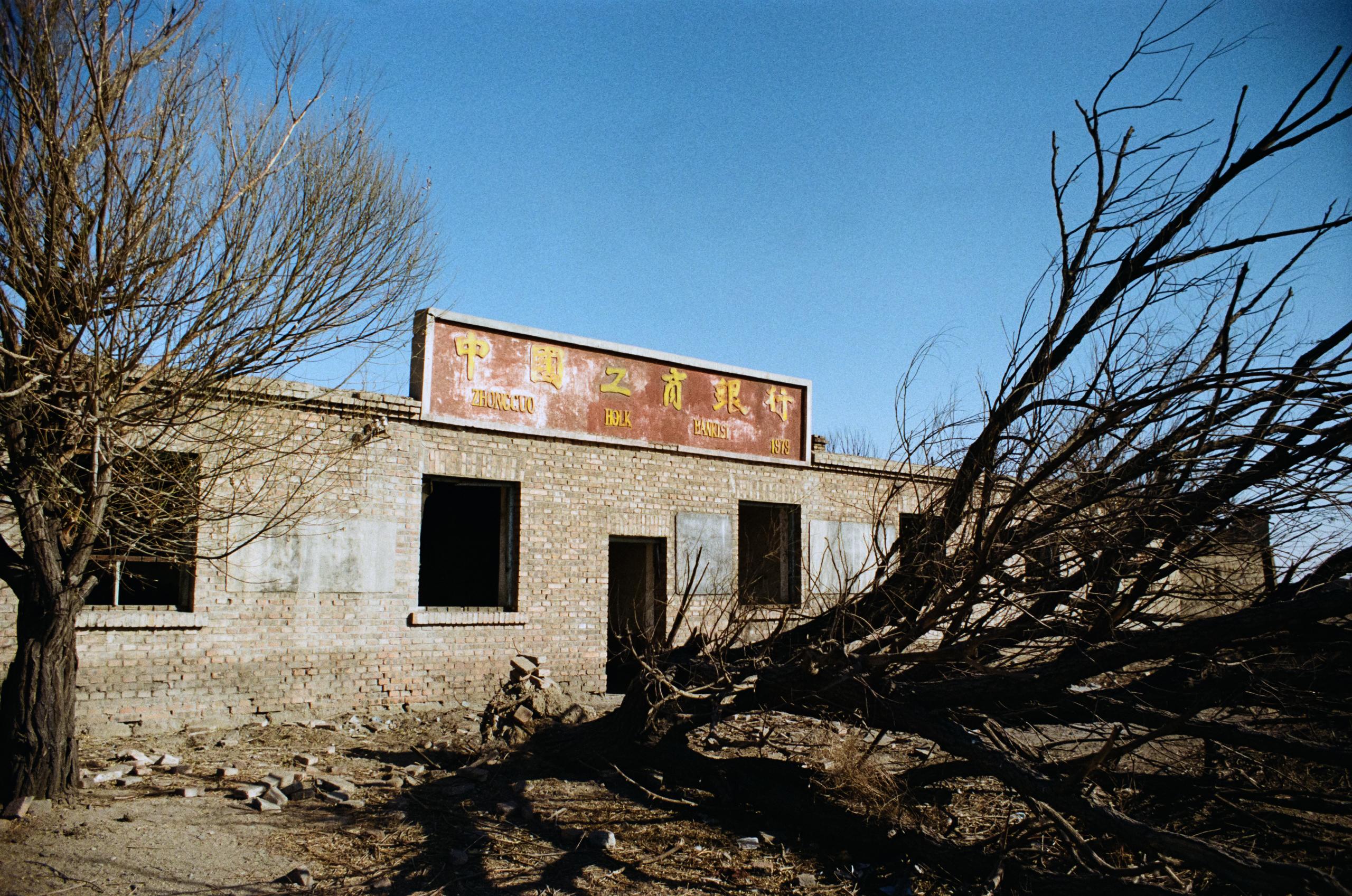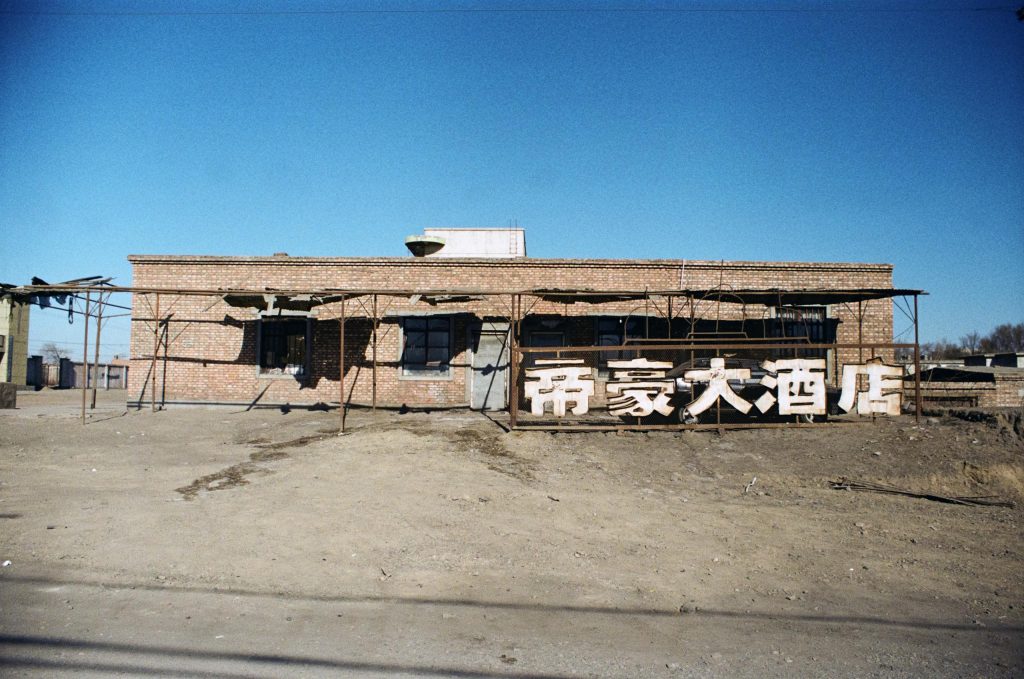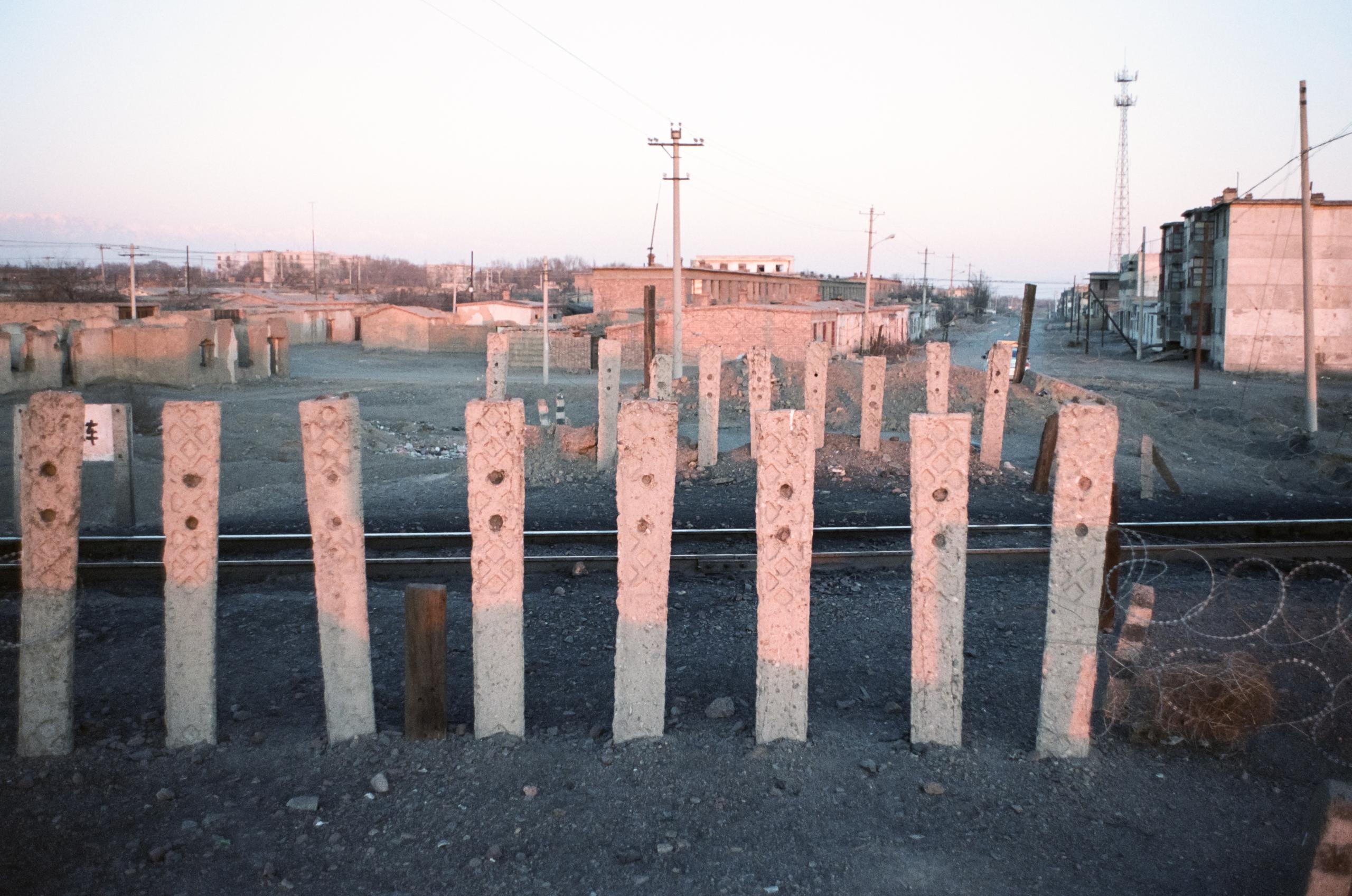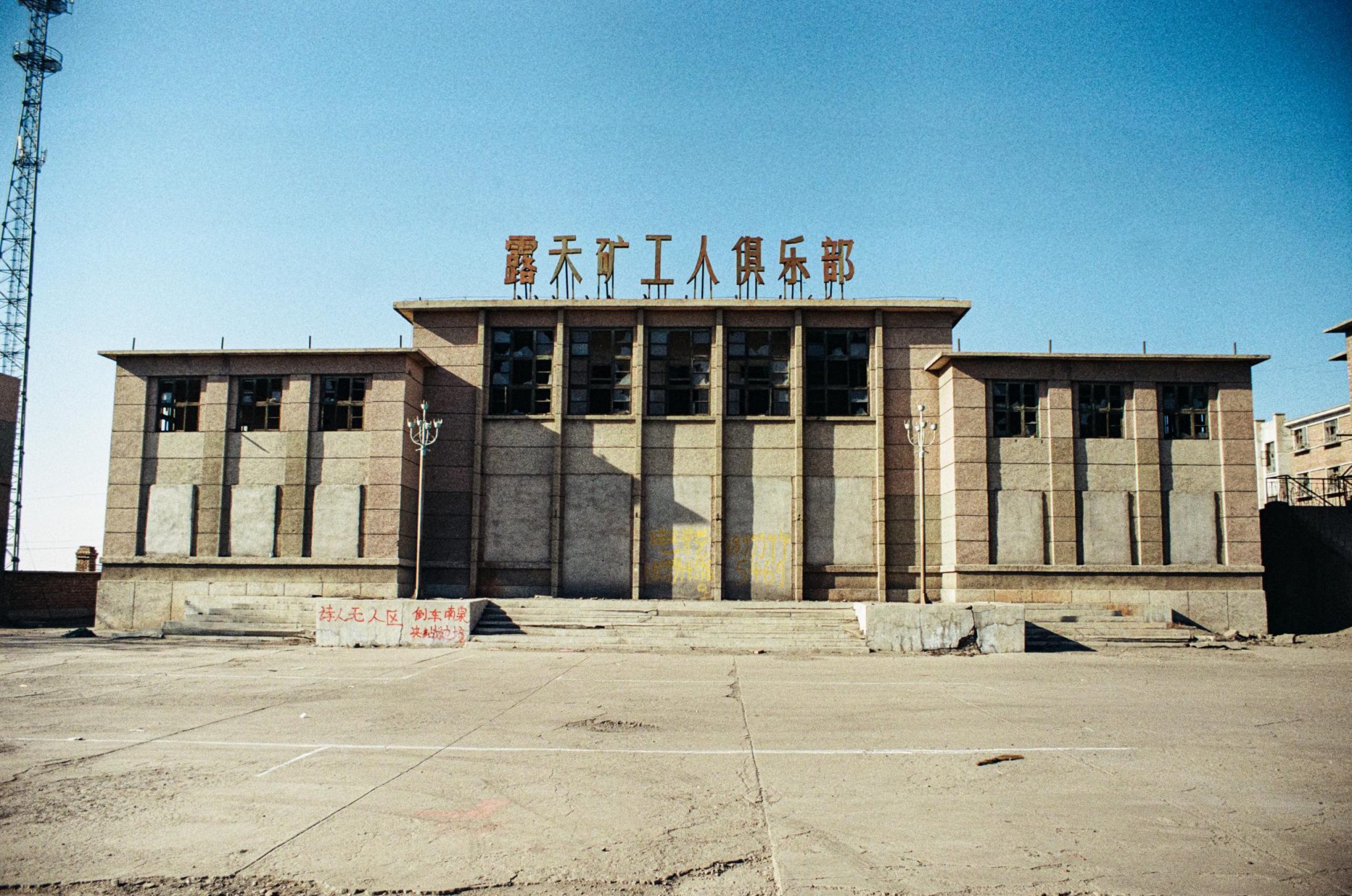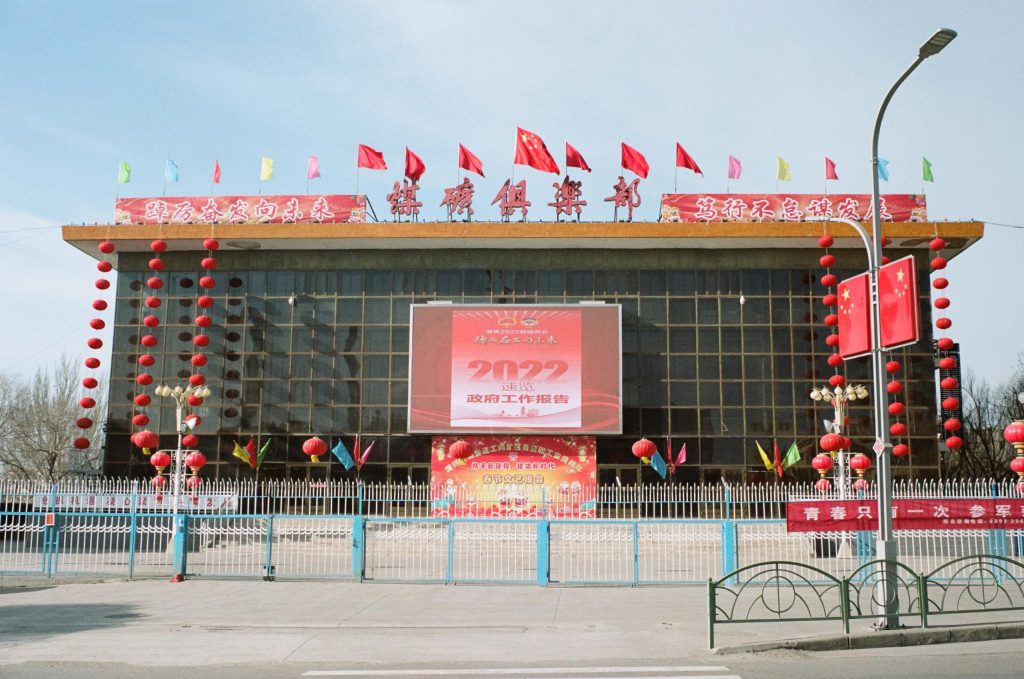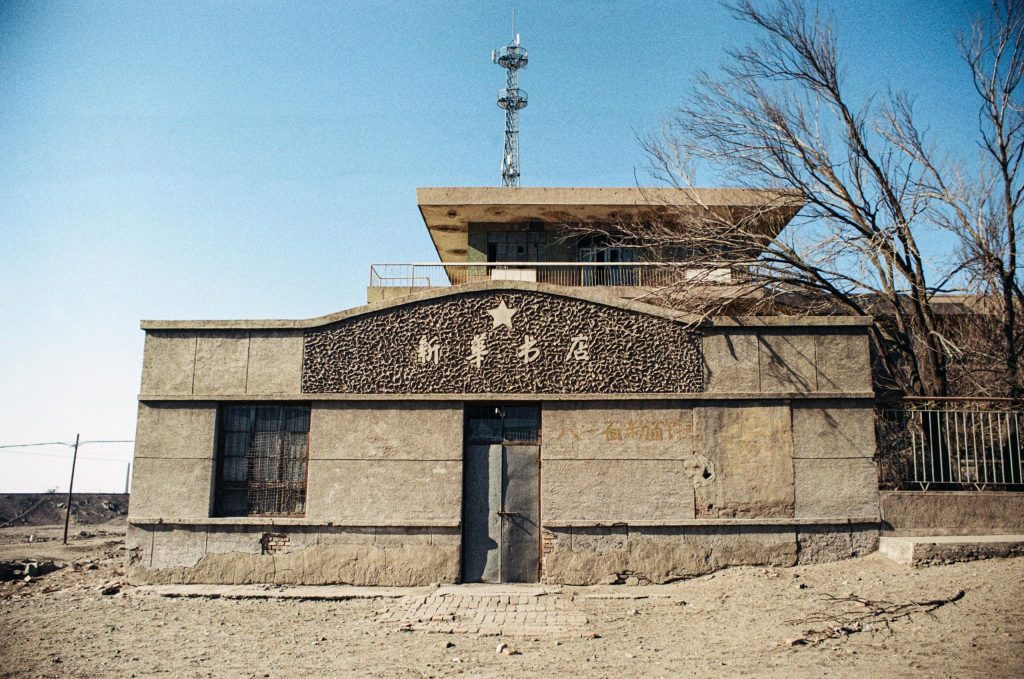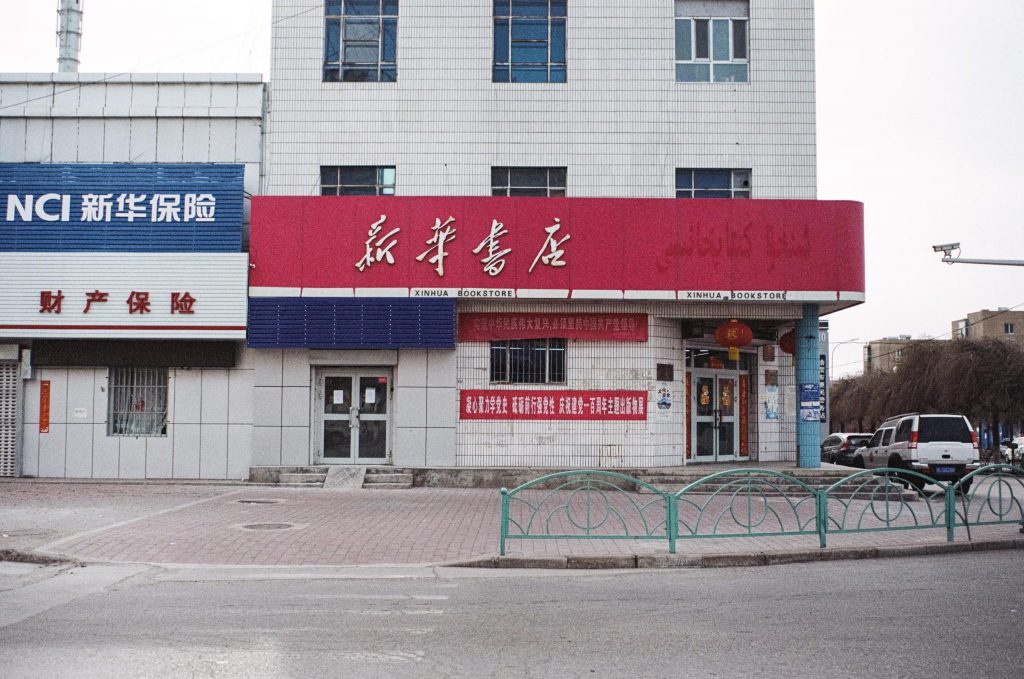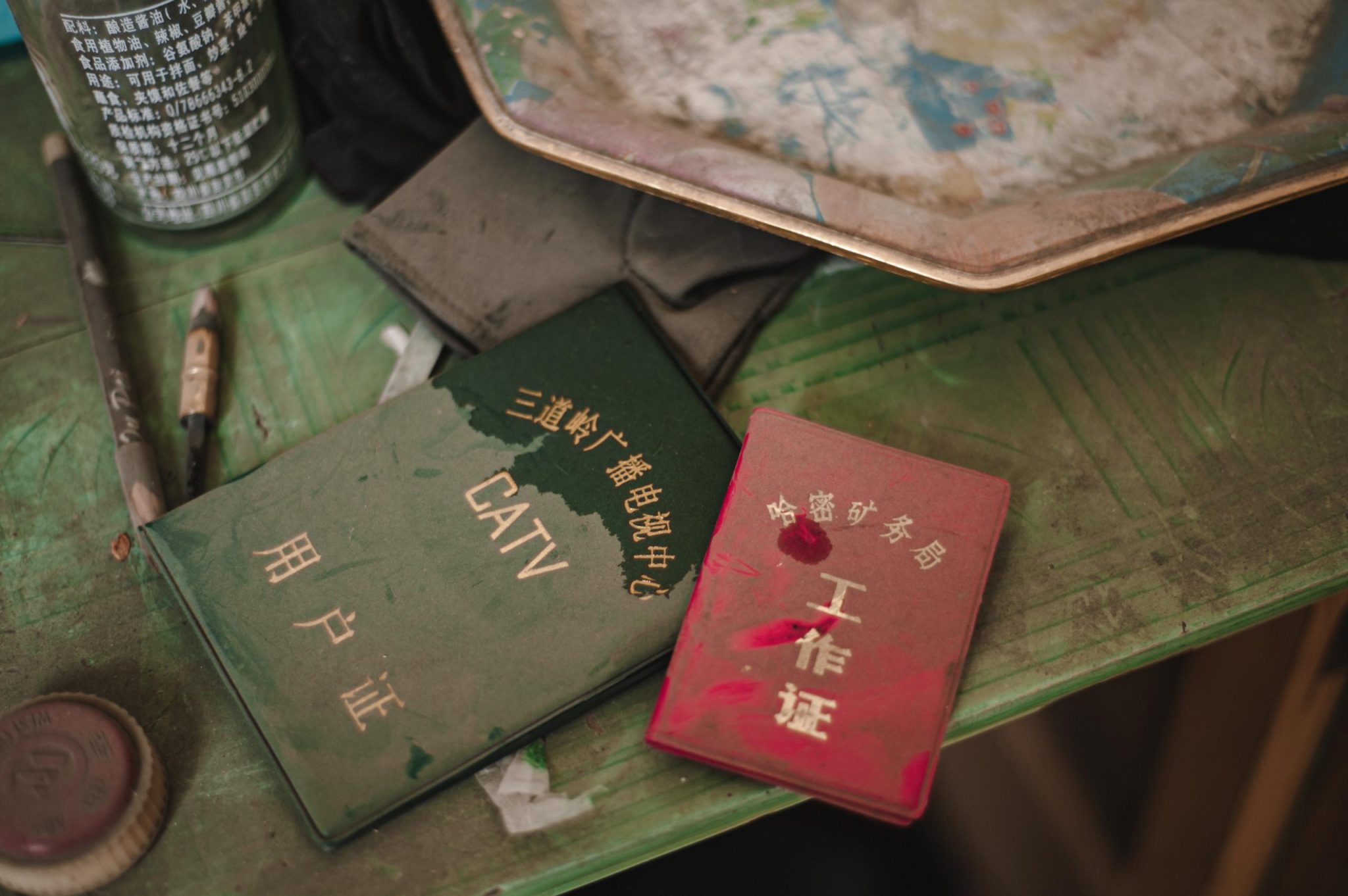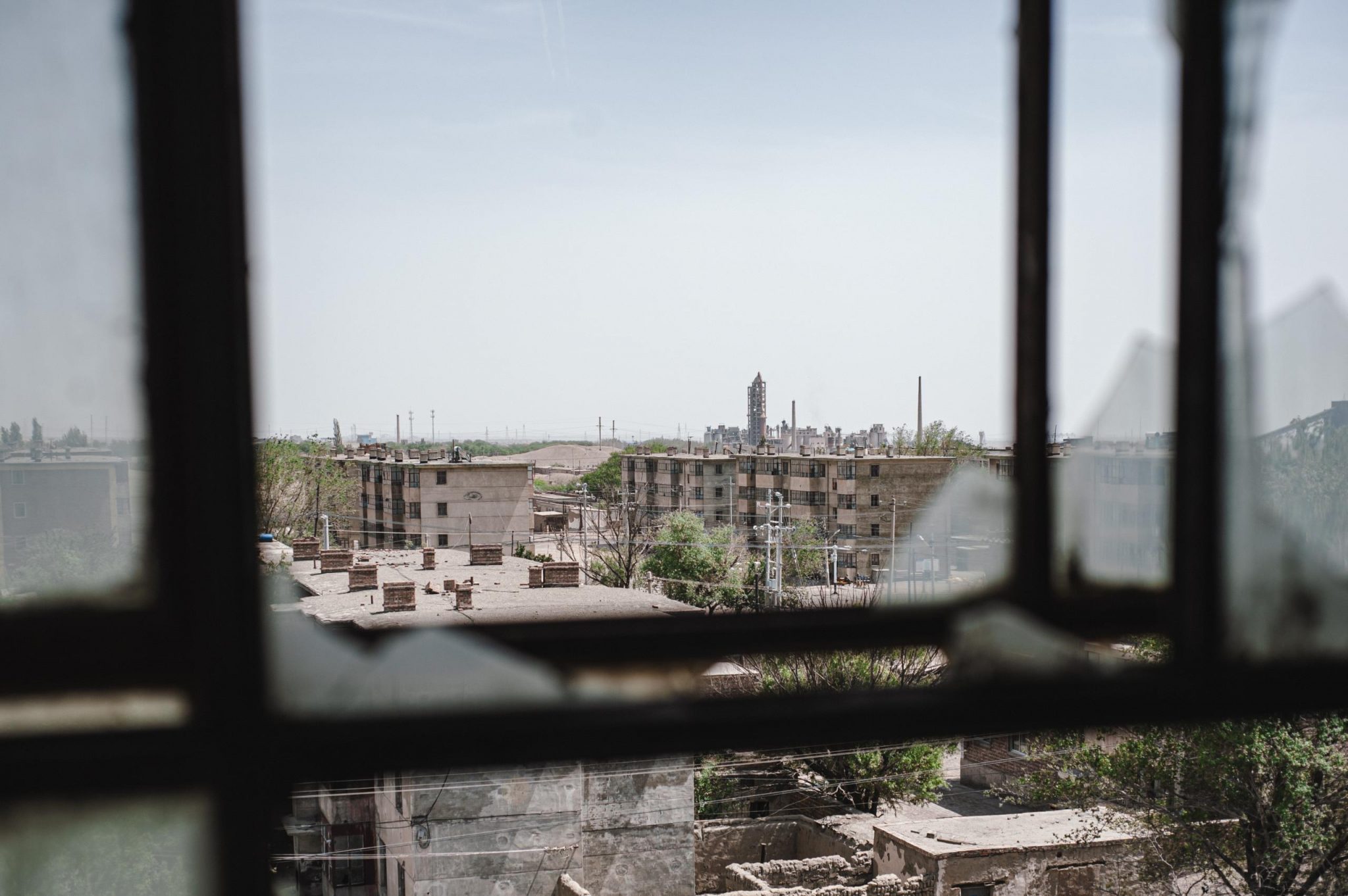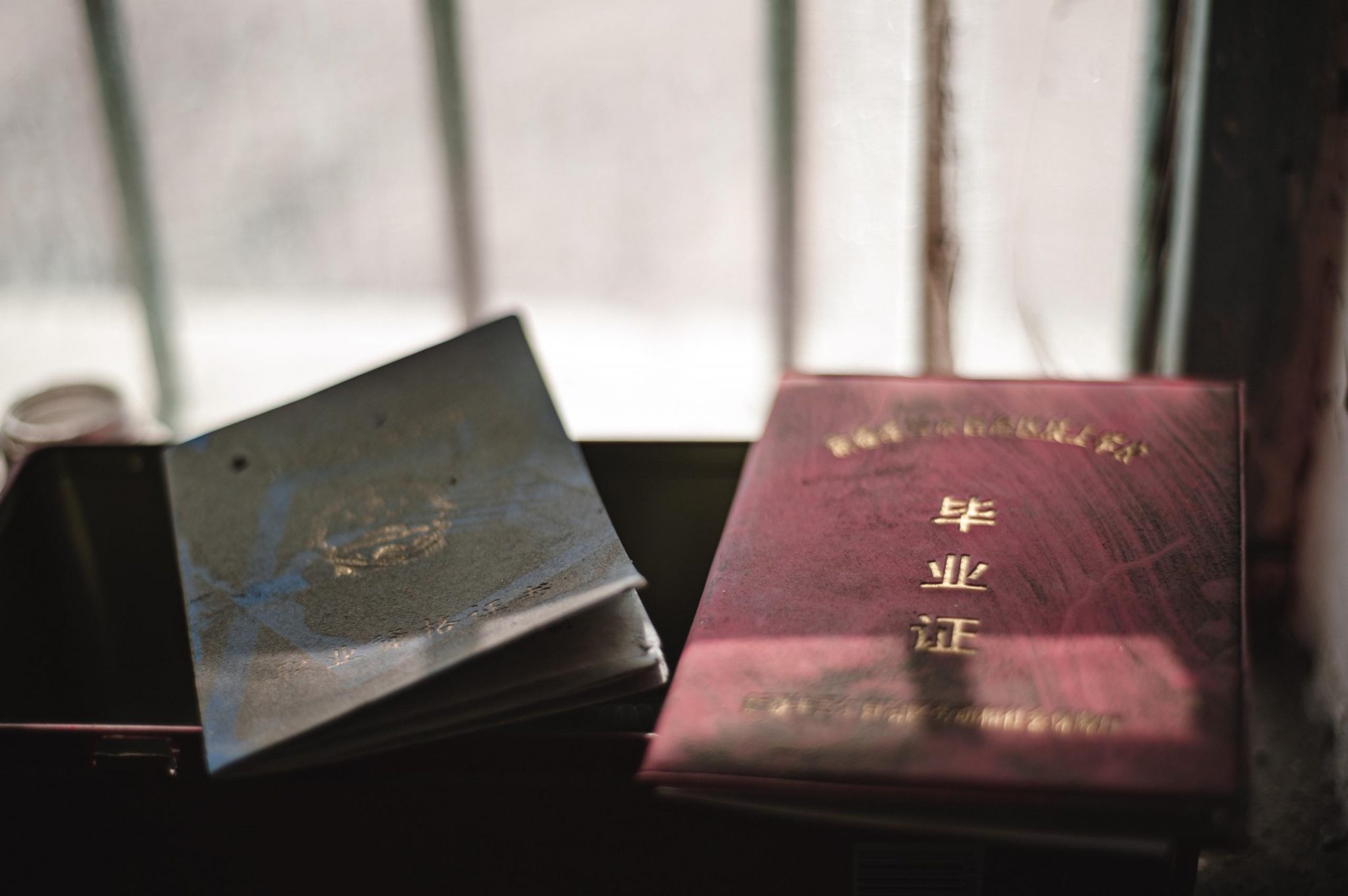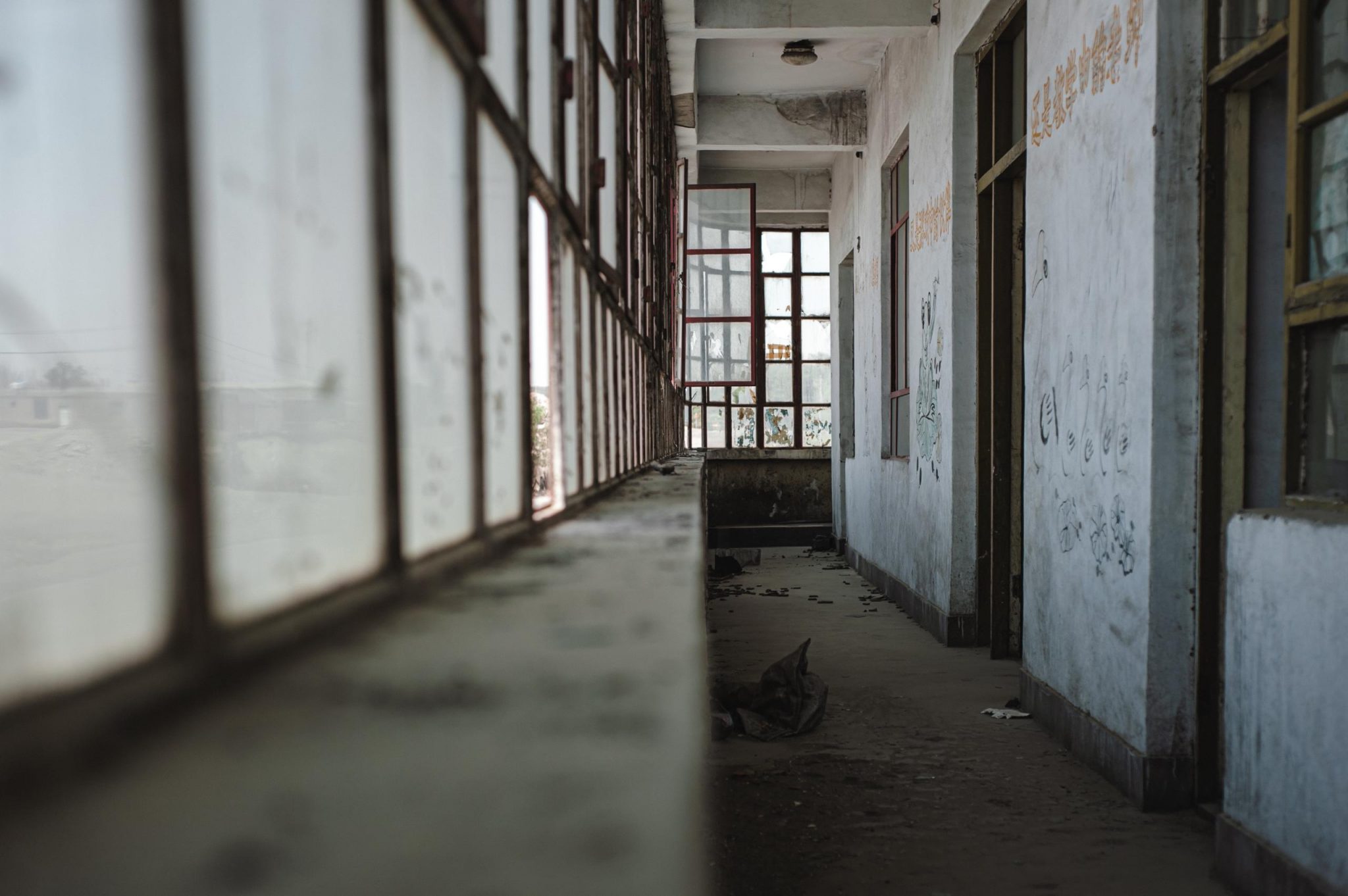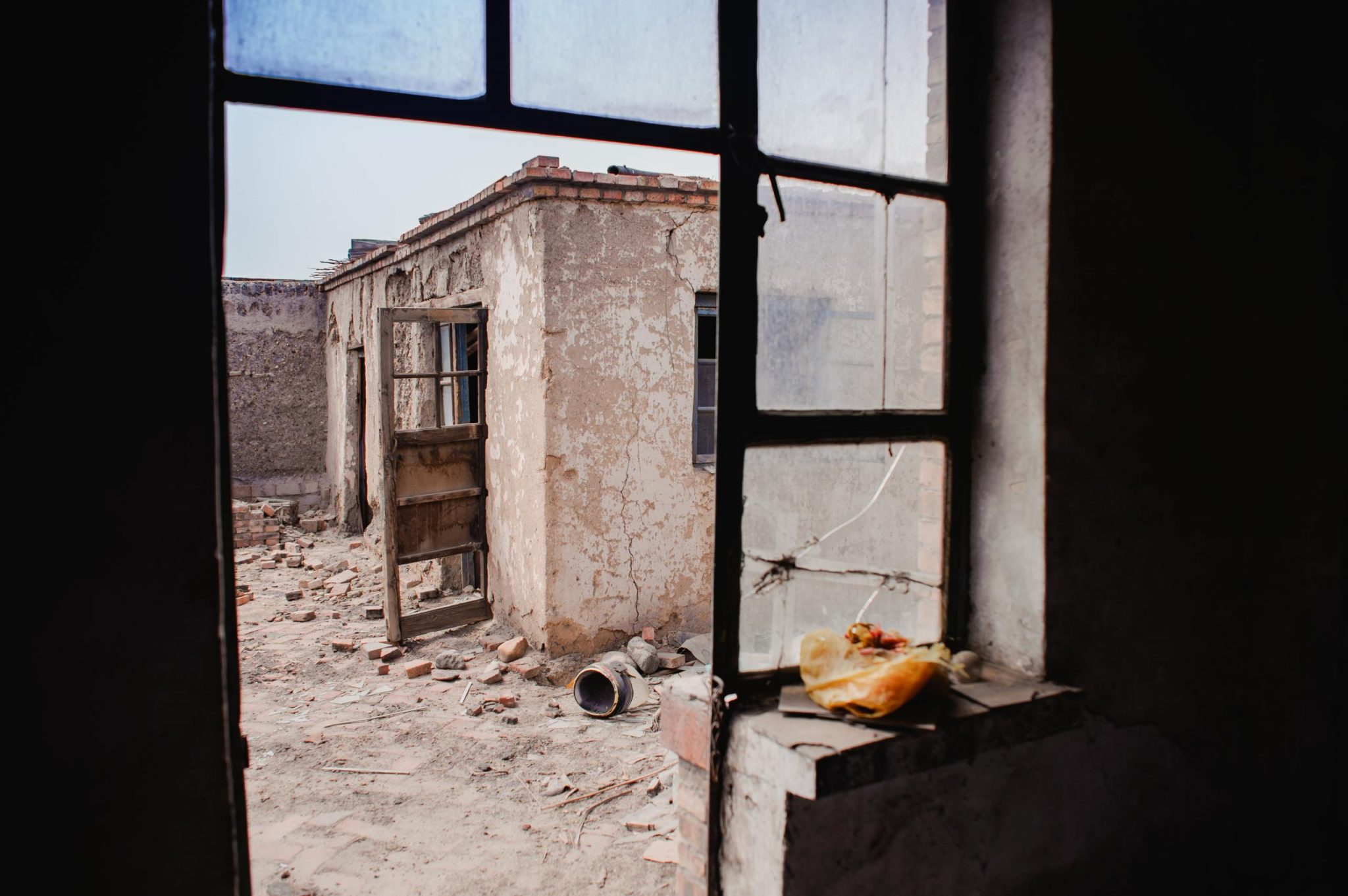Jin Zhongyi, a Suzhou photographer, born in 1996, devoted himself in media industry after graduation. He noticed, before he graduated from the university, that the world's last used industrial steam locomotives are in Sandaoling, a remote town in Northwest Xinjiang. By the time, due to various reasons, he was unable to set out to complete the journey. In 2022, when he knew that the Sandaoling’s steam locomotives were about to stop working, he gave up the opportunity to reunite at home during the Spring Festival and bought a train ticket to Xinjiang to record the last images of the Sandaoling steam trains.

As a native of Suzhou, I grew up in the relatively developed Jiangnan area of China. In my impression, steam trains, the product of the first industrial revolution, only exist in the movies and the talks of the elderly. The steam trains would not have any intersection with my life. However, by chance, in the university, I watched a documentary about steam trains on the internet. I was deeply shocked when I saw the locomotives, drainning steam condensate, letting out a crisp of whistle, emitting thick smoke by the sunset, like fireworks, while pulling constructive materials to all around China. I searched on the internet and found that steam locomotives were still used in Sandaoling, a remote town in the northwest of China. I came up with the idea to take pictures there. However, due to security considerations, academic and financial constraints, I was unable to start.
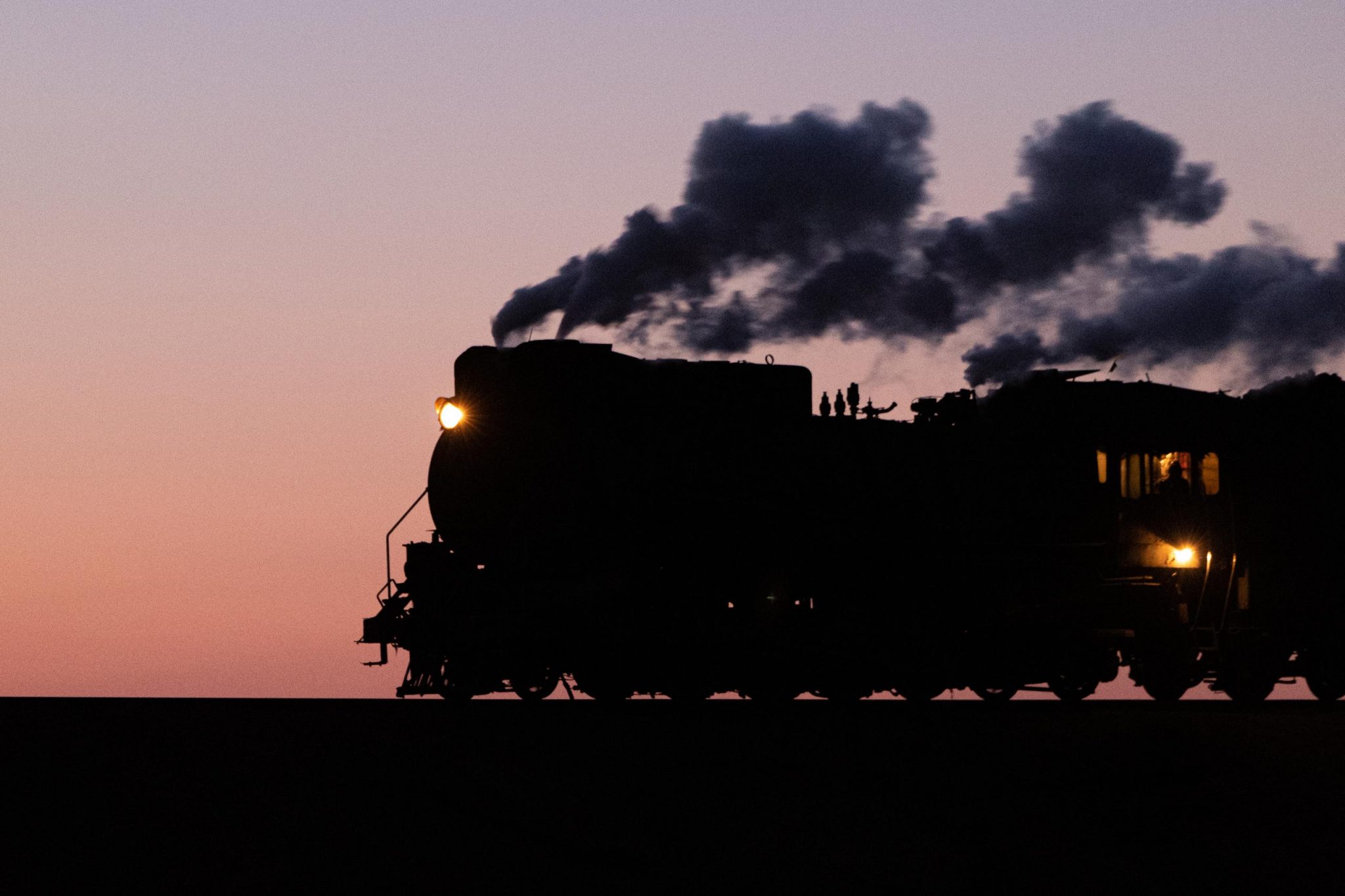
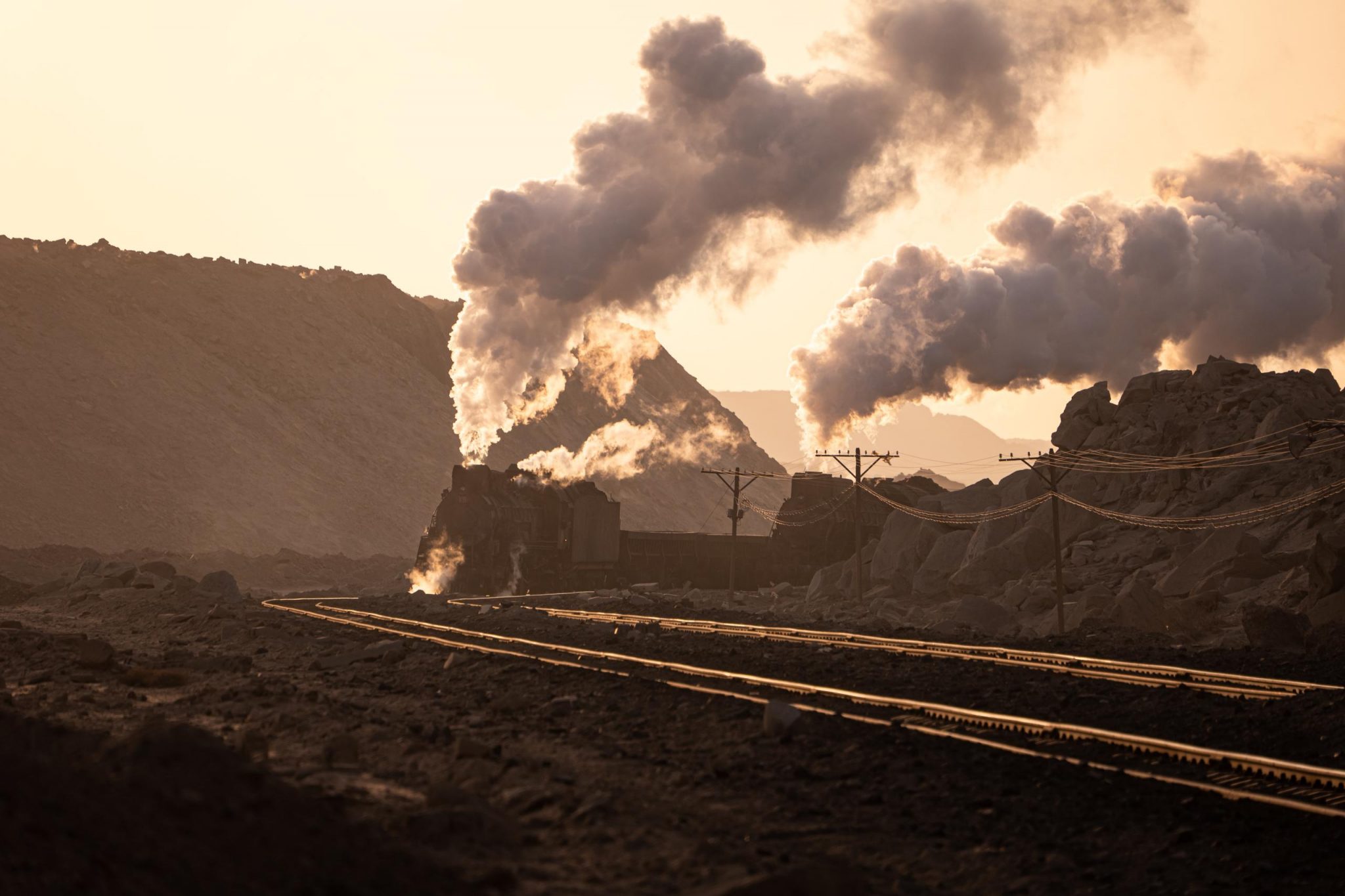
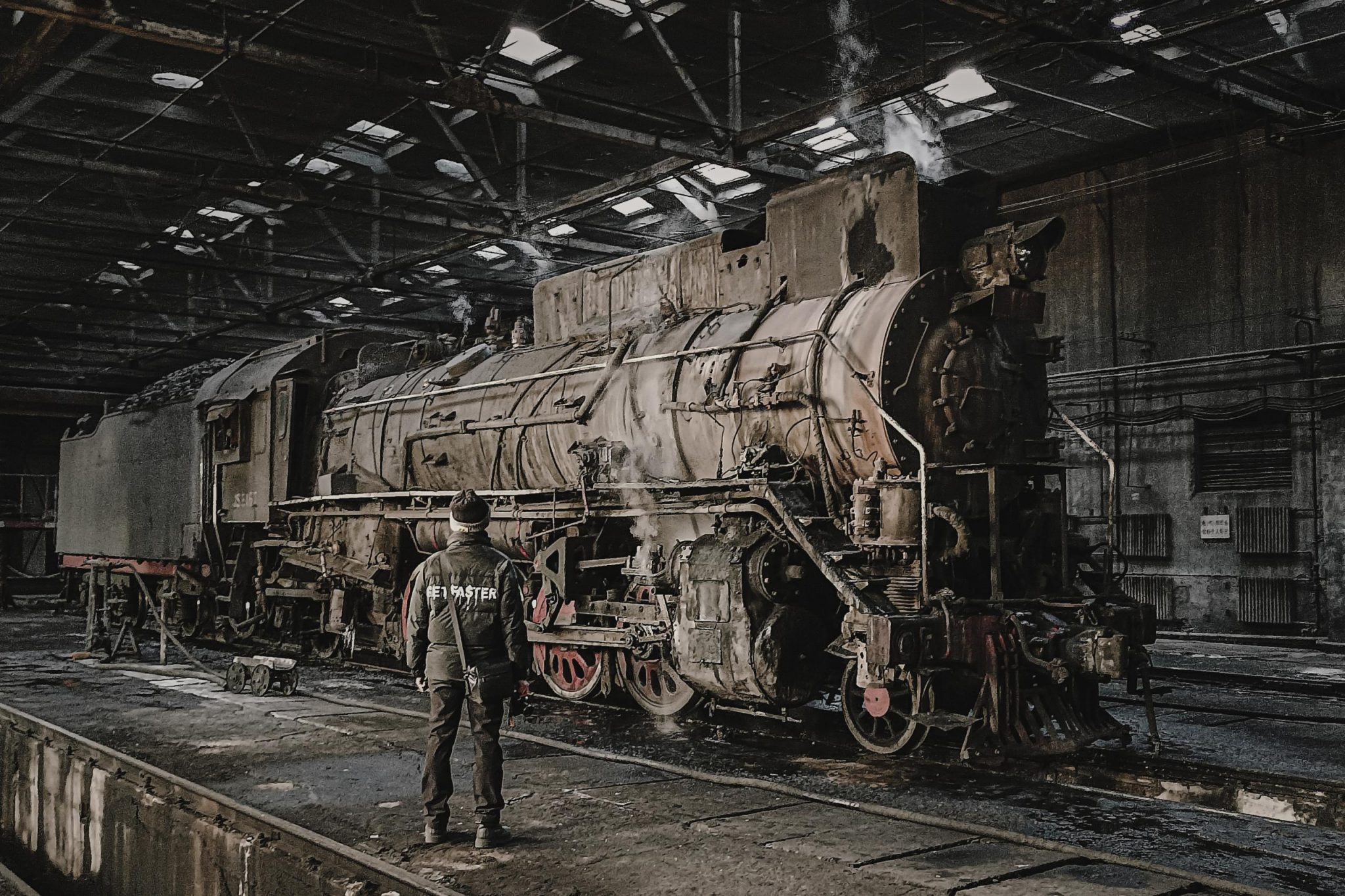
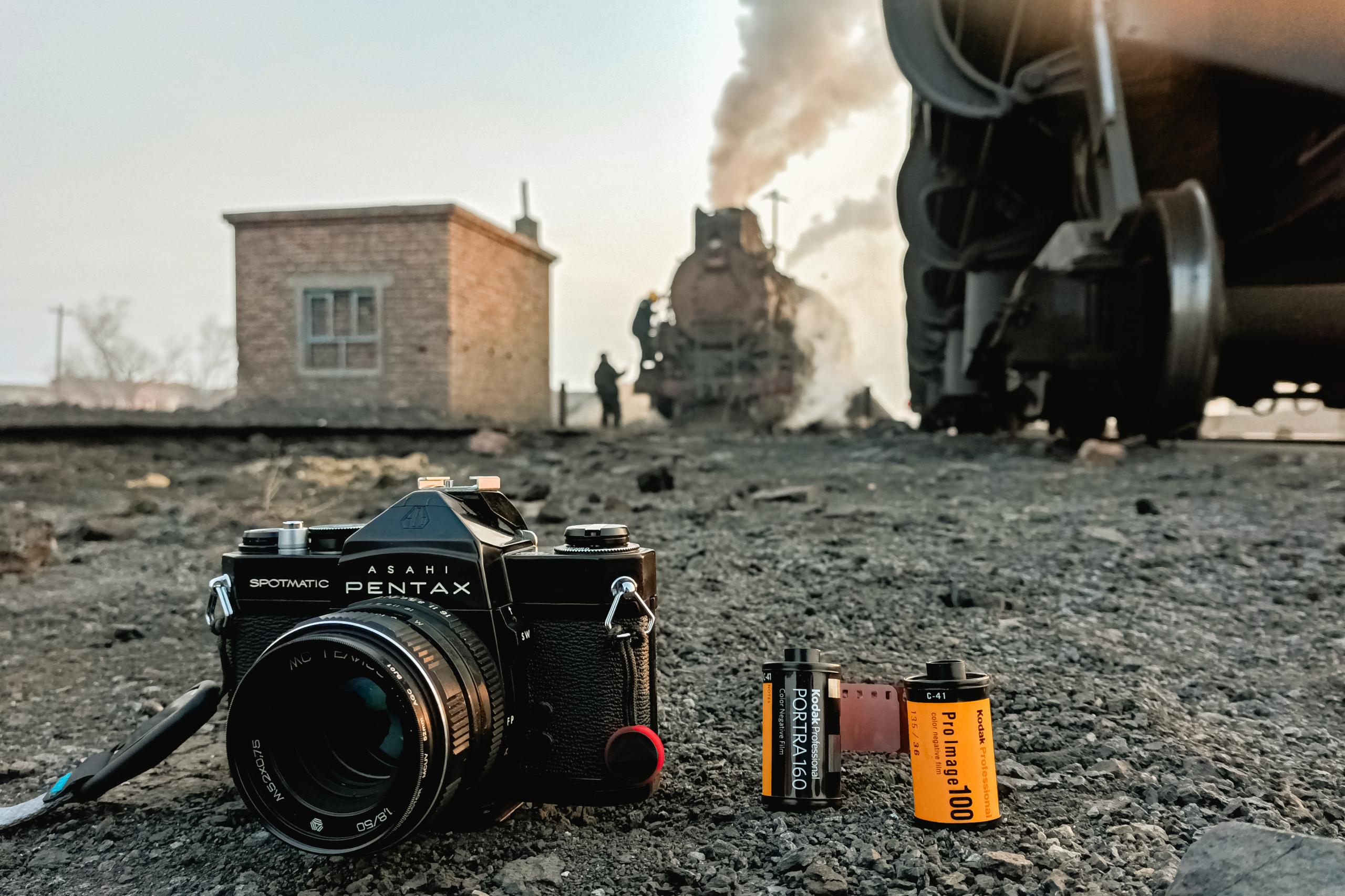
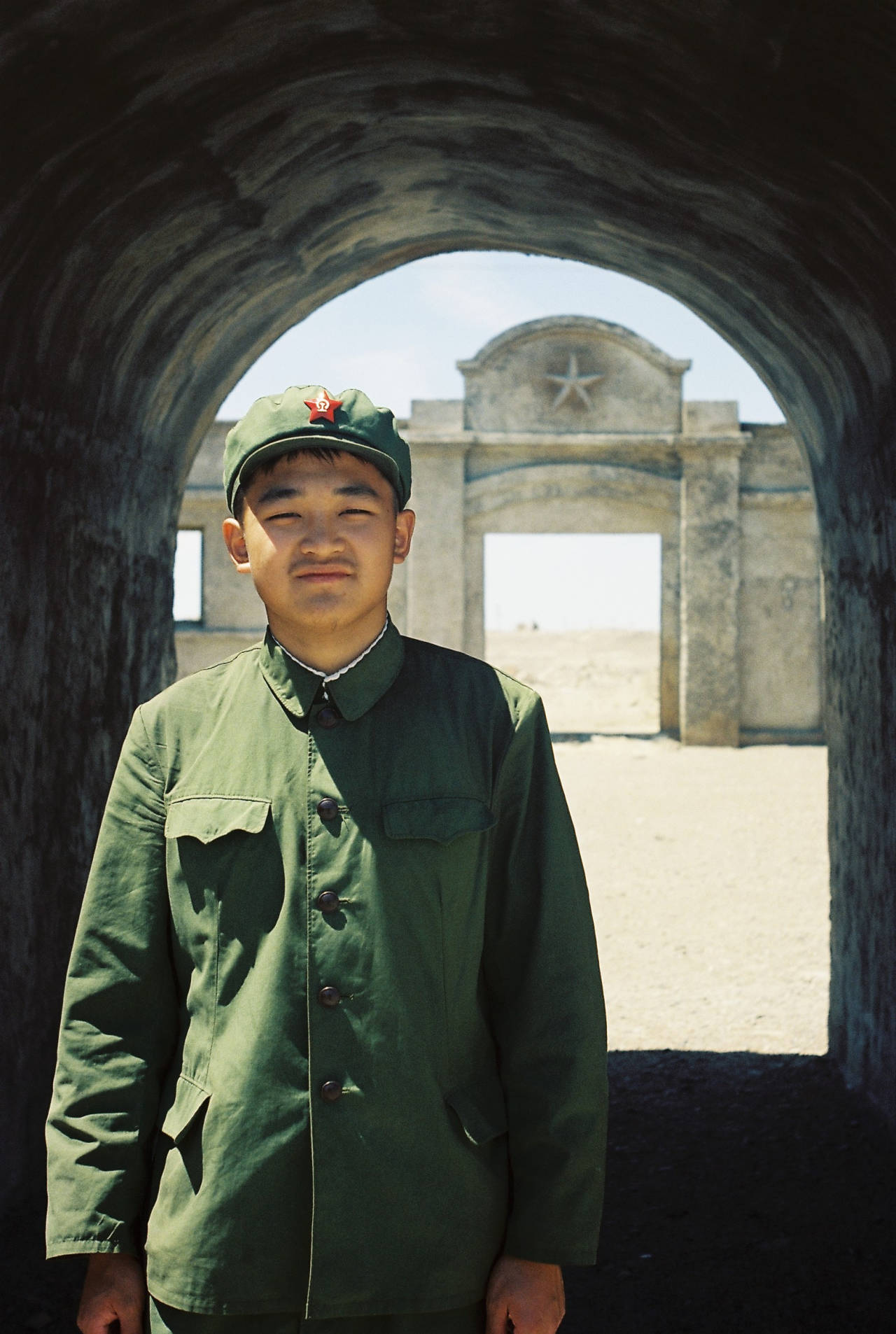
After graduation, I engaged in the film and television media industry. My job kept me engaged. There were few consecutive vacations that could be used for long-haul vacations. Four years later, by chance, I met a young man in Sichuan, a descendant of a steam train conductor. He grew up on the steam trains and it has a deep personal connection with him. At the same time, I got the news that the steam trains in Sandaoling were about to stop working. The winter of 2022 might be the last winter for them.
On This journey, I overcame all my difficulties and bought a train ticket to Xinjiang. It was my first time taking the slow train. In the carriage, the conductor pulled me aside and told me that I was the only one in the carriage getting off in Xinjiang. She cared about what I would do in Xinjiang. So I told her about the Sandaoling steam trains. Soon after, I was selected as the joint defense, because my journey was the farthest. Soon, the temperature became lower and lower, which was not that comfortable to a Southerner like me. After leaving Jiayuguan, the scenery outside converts to another style. Travelling over 3000 kilometers, I finally reached these magical northwest towns in Xinjiang. After arriving in Hami, we still needed to walk about 100 kilometers to Sandaoling. Due to the delay of my Sichuan friend’s train, we didn’t meet until midnight. Fortunately, we made an appointment with the taxi driver in advance, and the driver was willing to take us to Sandaoling in the middle of the night. During my time in the car, I watched the stars outside the window, for a long time, stretching from the horizon to the top of my head, endlessly. We quickly put down our luggage in a small hotel. Without taking any rest, we directly went down the mine pit along with our equipment. It was first time in my life seeing a train that could release fire. Beautiful sparks scattered like flowers from the chimney on the top of the locomotive. It was gorgeous, especially in the backdrop of the night.
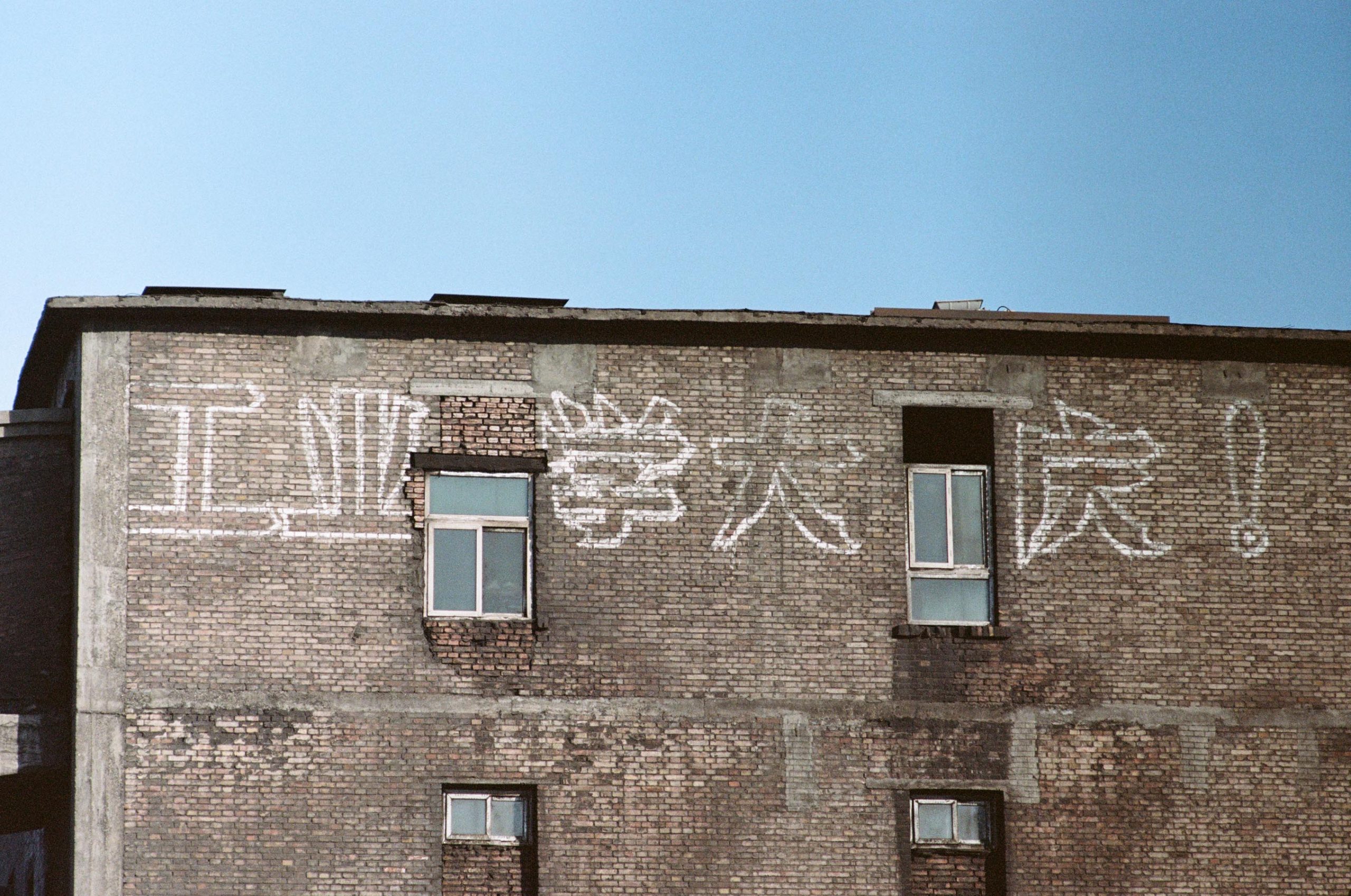
The train drivers here are basically over 50 years old, speaking in all different accents. They are basically the second generation of miners, whose parents came here to support the construction of Xinjiang in response to the government decades ago. I learned from the local people that in the 1990s, there were about 40,000 residents in the town, mostly coal minners. Back then, being a train driver is a brilliant job, because it’s well paid. When the coal mines here were making profit, the train drivers earned a lot. However, as the coal mines exhausted and the production gradually decreased, the job of train drivers was no longer a sweet pastry. Since the young people chose to live outside and no longer returned to Sandaoling, the northwest town has suffered a serious loss of population.
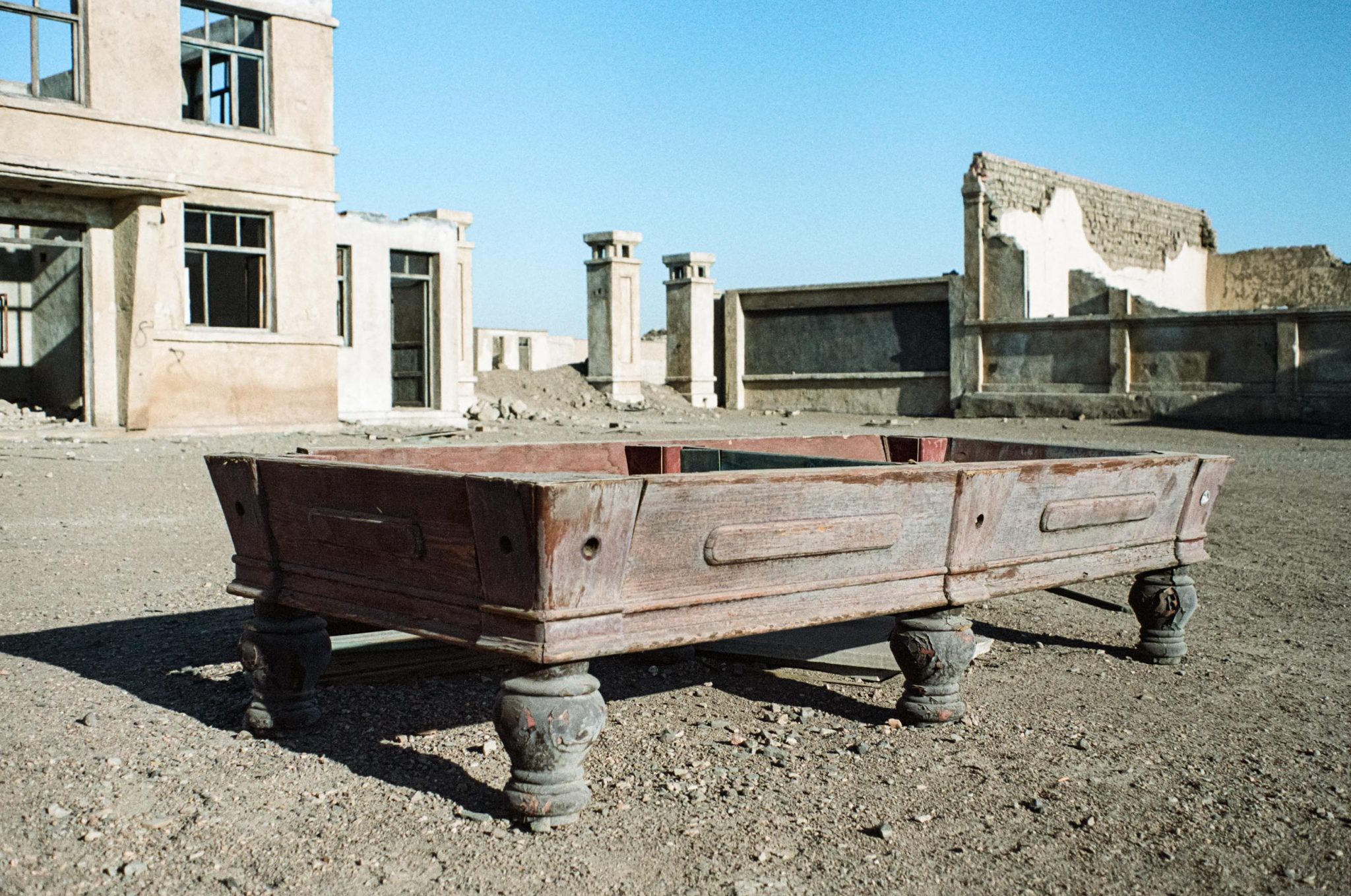
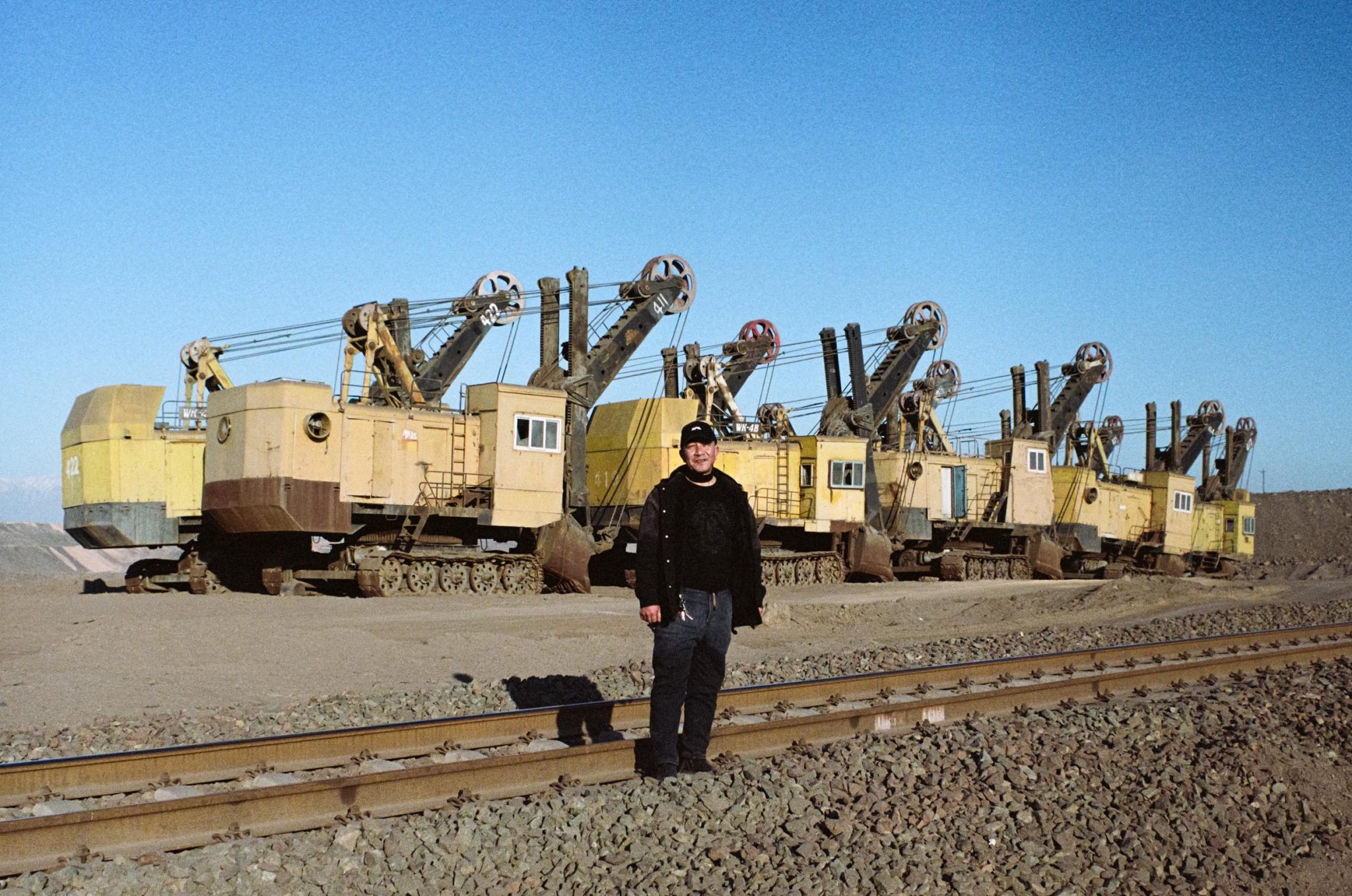
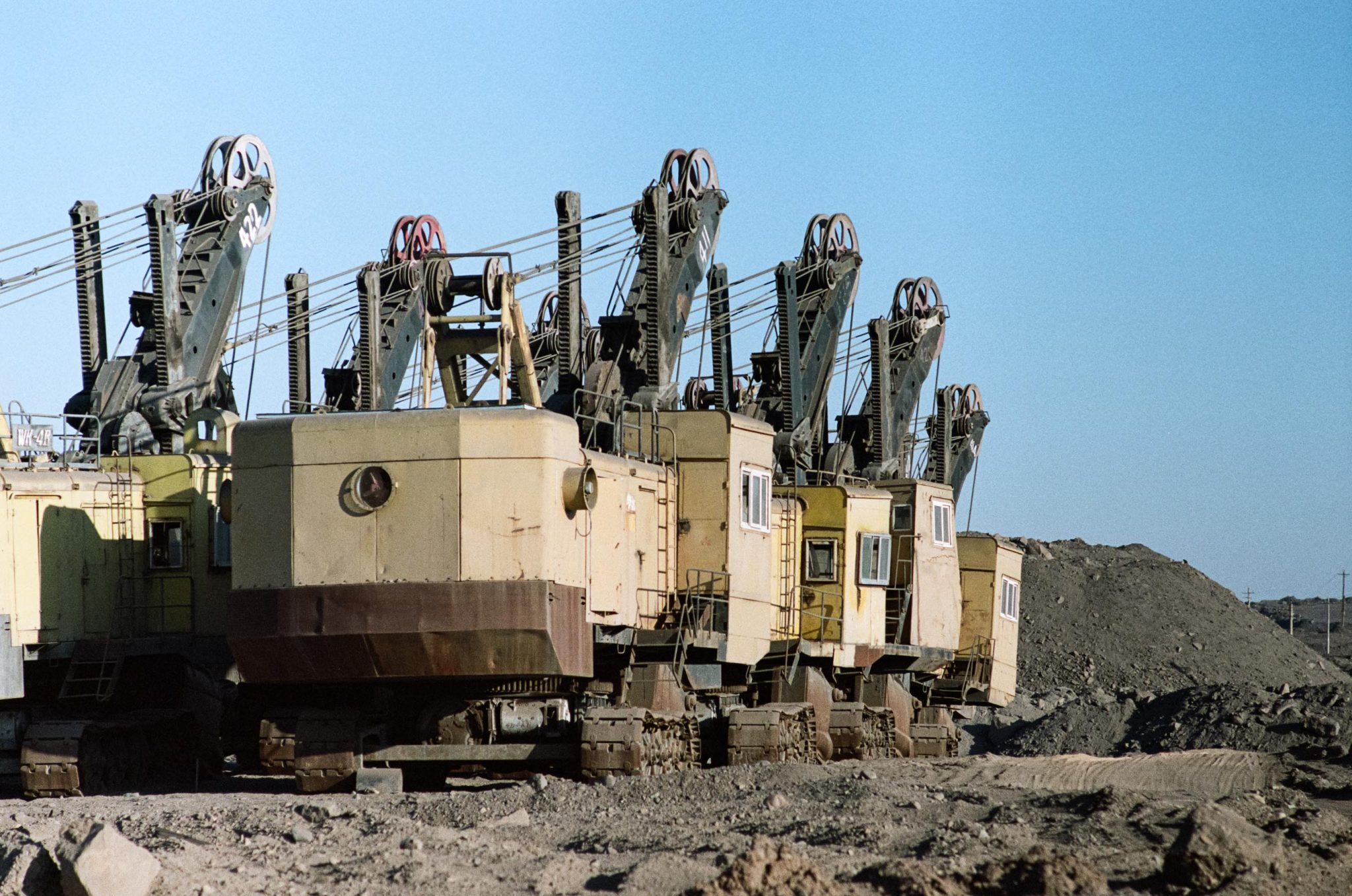
The train drivers here worked in three shifts. The day shift and the night shift rotated repeatedly. They had to change time difference every day. We met Mr.Nan who was working in the coal preparation plant. Off the plant, he drove a taxi to subsidize his family. He told us a lot of stories about Sandaoling in the early ages. He also took us to the abandoned old Sandaoling coal mines and the location where the movie No Man’s Land was filmed. In the old Sandaoling Coal Mine, we could see how lively this place was before, which now turned into a lifeless ruin.
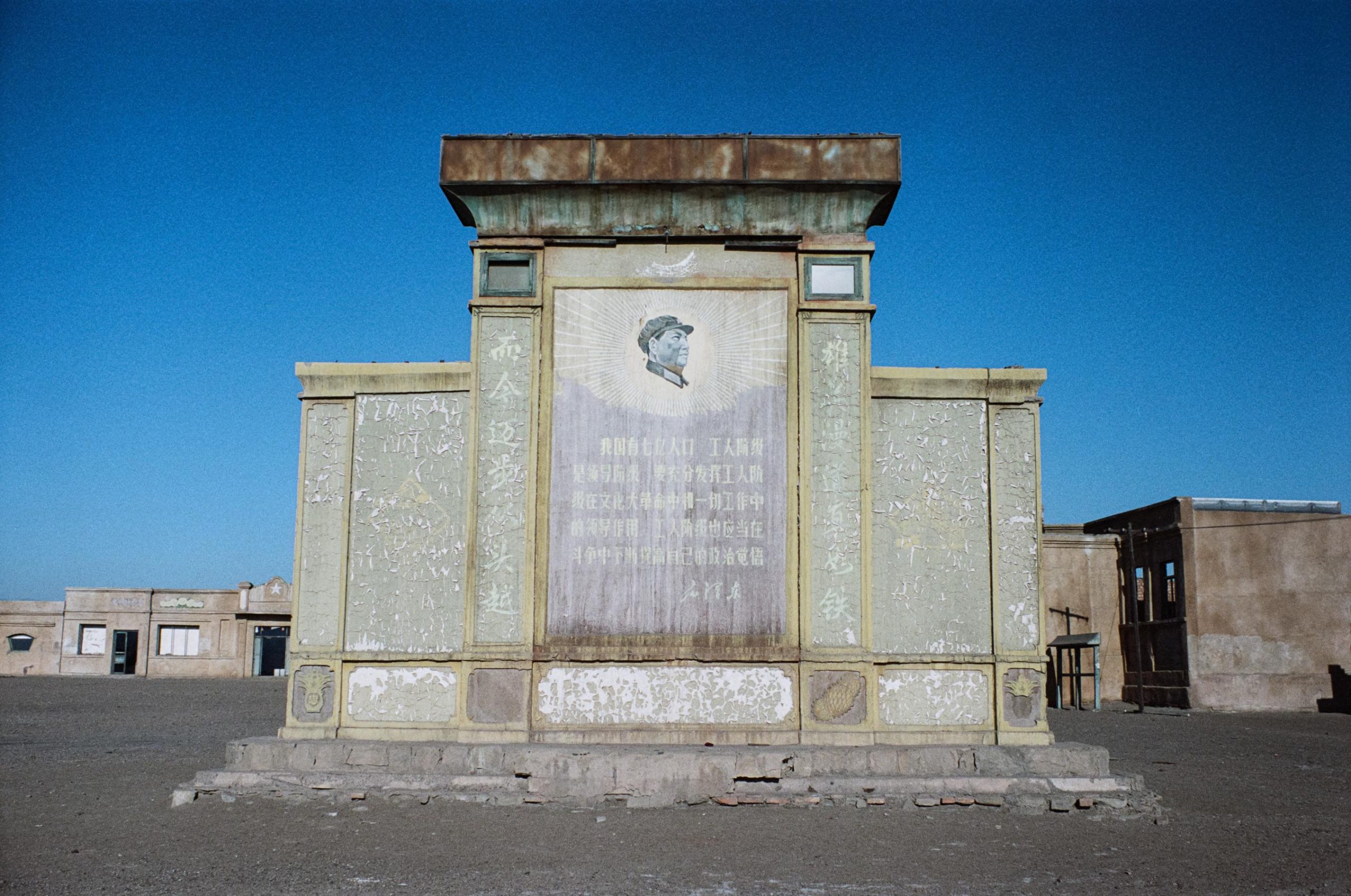
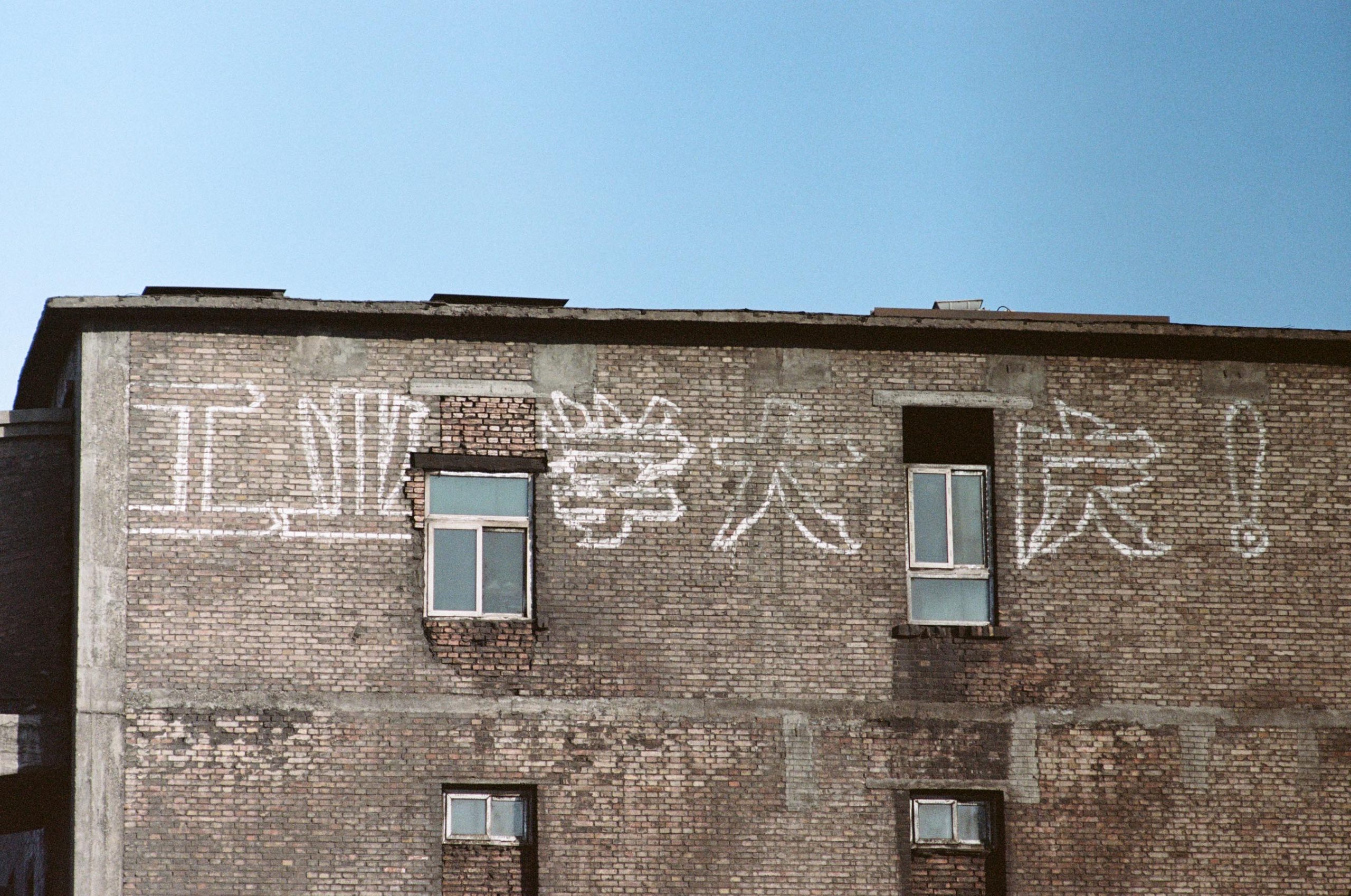

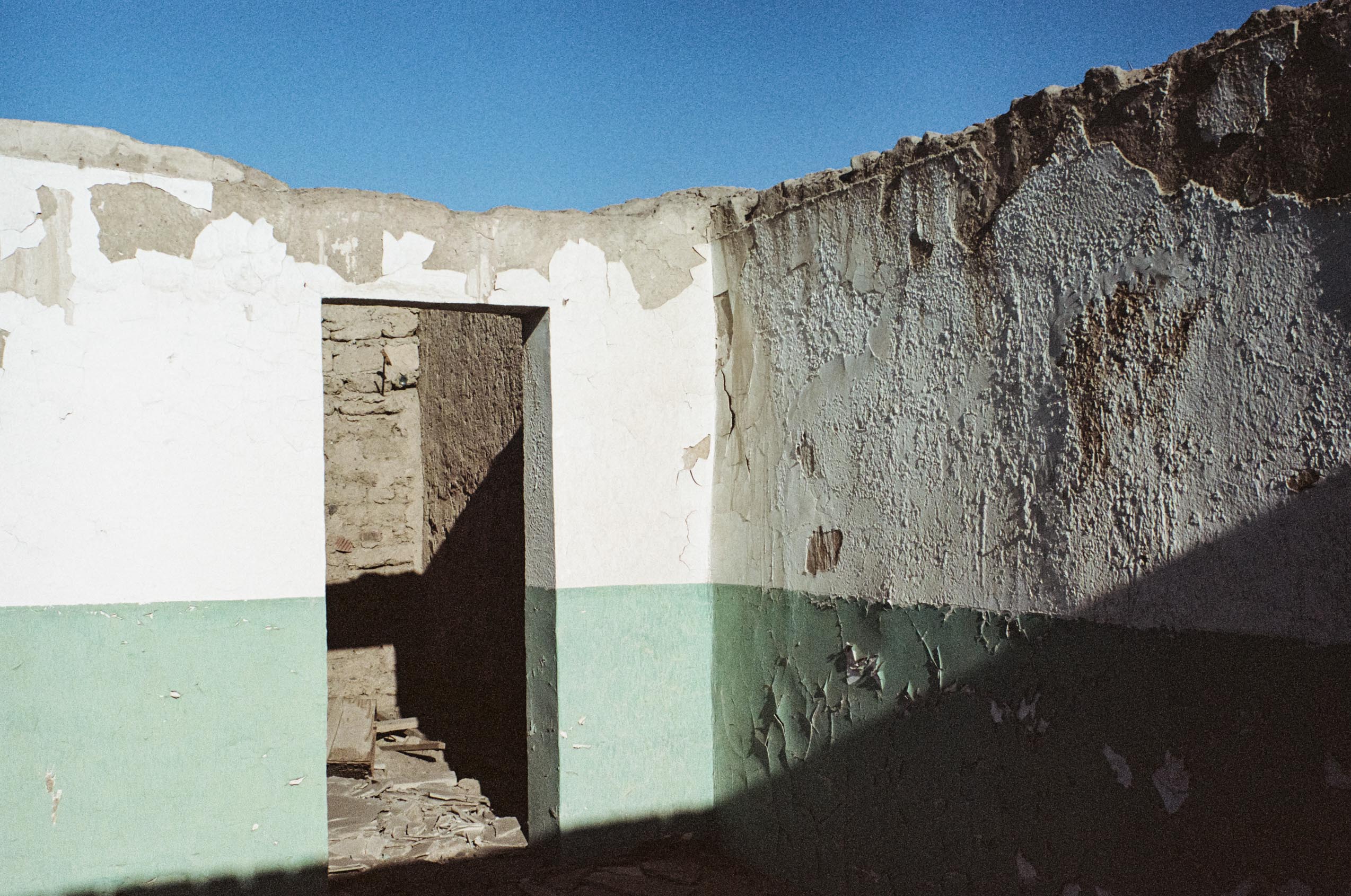
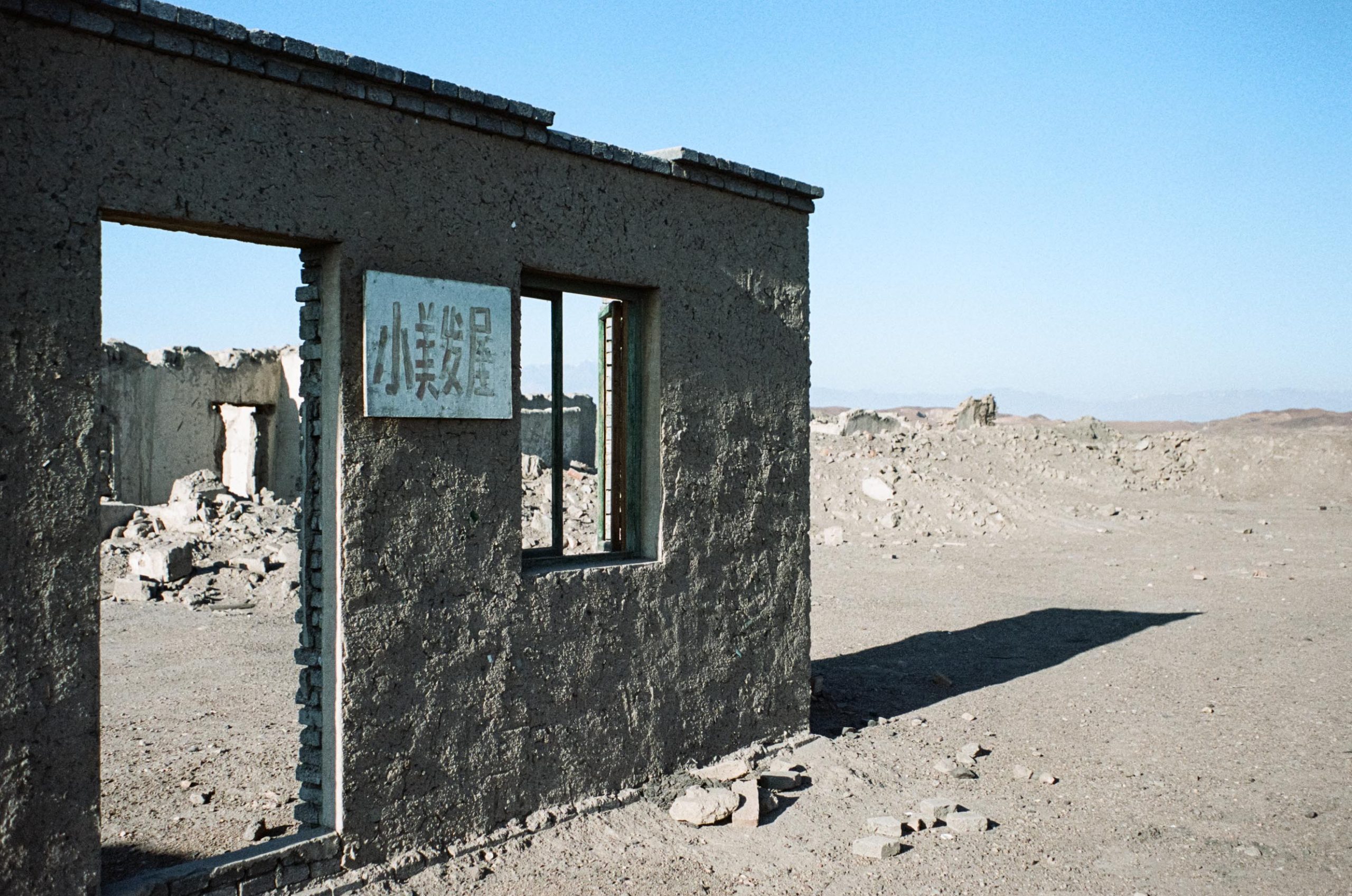
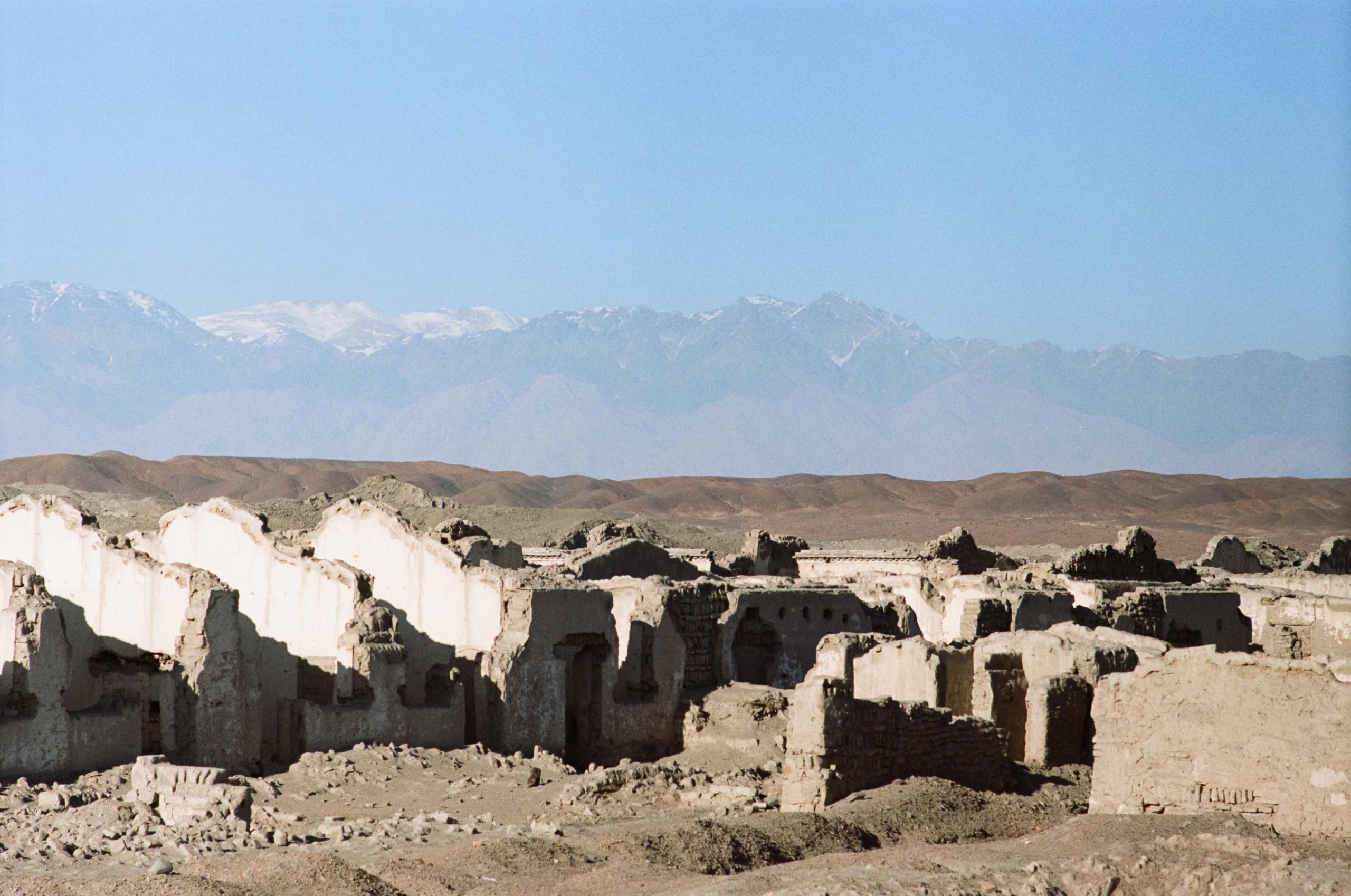
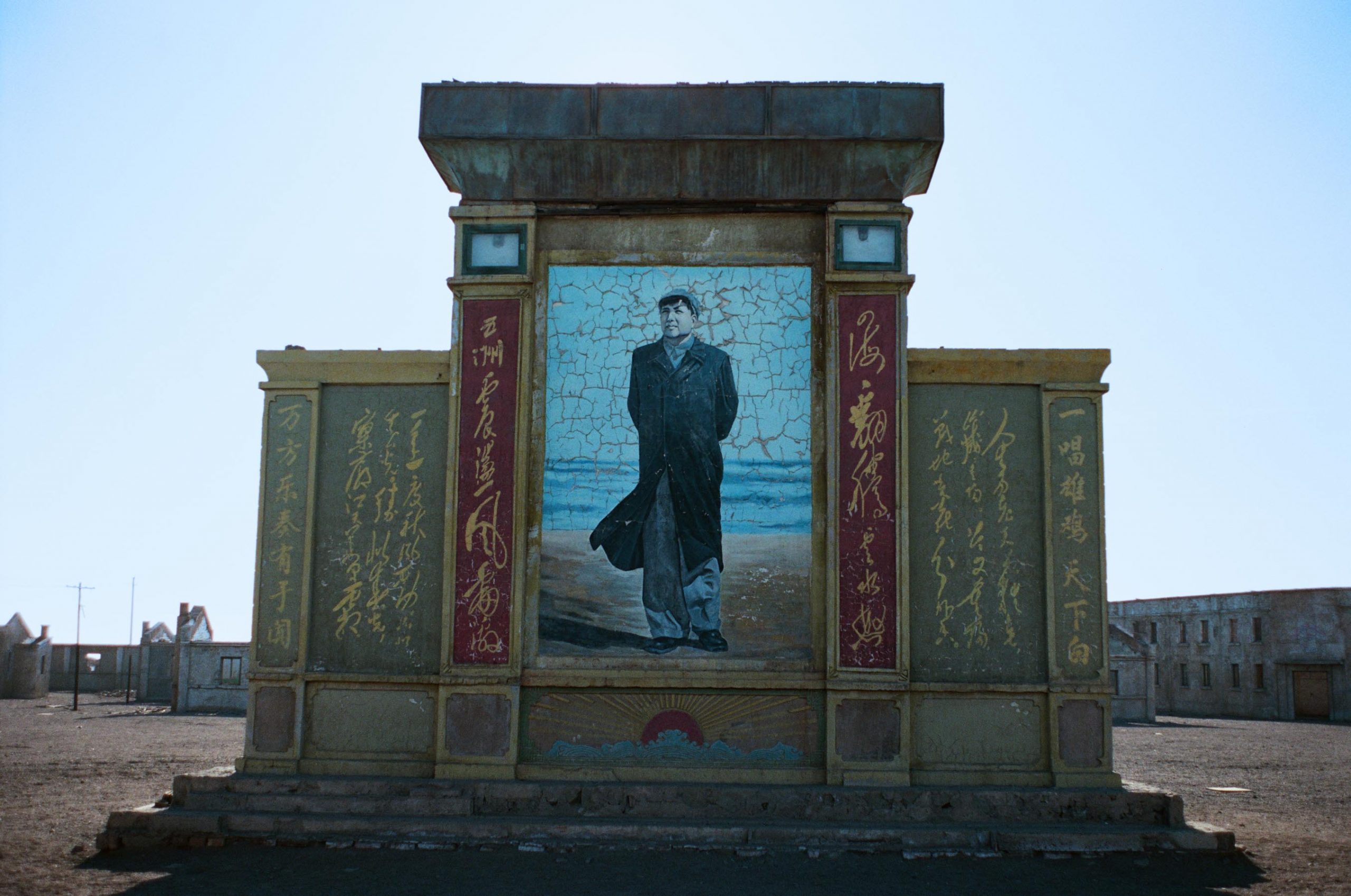
The coal mines operated 24 hours a day, so I could go down to the mine and take pictures with my Sichuan buddy whenever possible. On my first day under the pit, I underestimated the severe temperature in winter Xinjiang and nearly got frostbite. In the late night, despite I was wearing down jacket, thermal underwear, gloves, boots and hat, my body became stiff. My lips were purple and my limbs were numb. I had the feeling that I was about to die here on the first night. Fortunately, at dawn, we called a taxi driver and took us back to town. But at that night, I took the first picture of the steam locomotives. Under the stars, the locomotives were on standby.

When I arrived at Sandaoling, there were still two main lines left for the steam train, namely East Stripping Station and South Station. The second line at East Stripping Station was a passing line to the West Stripping Station (the West Stripping Station had been dismantled and abandoned in 2016). There were 51, 61 and 70 stations in the past. Coming out of the West Stripping Station and Coal Unloading Station, there was a big upslope. Along the way, 82 stations and Kengkou Station would be met, which was a big closed loop.
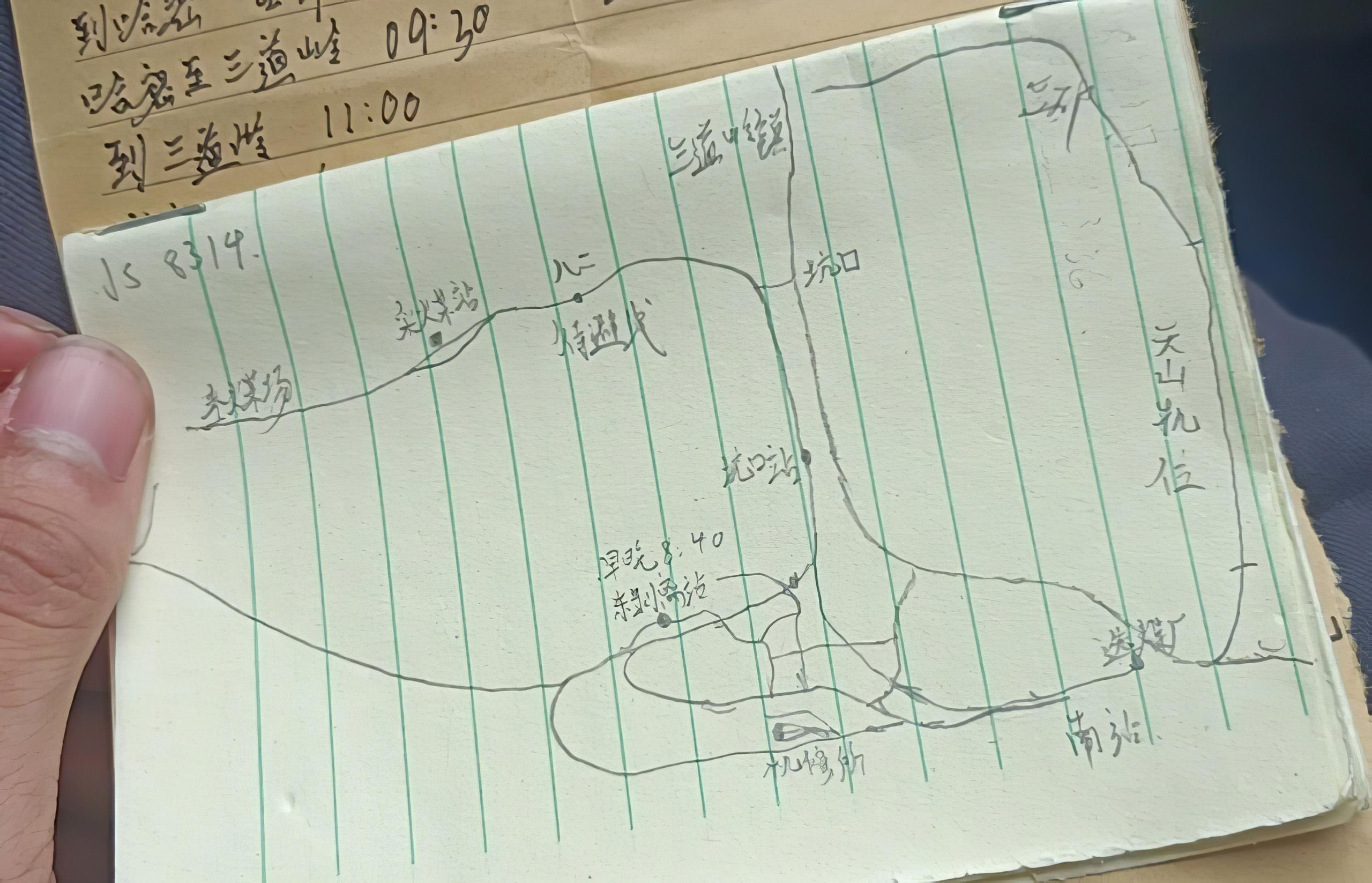
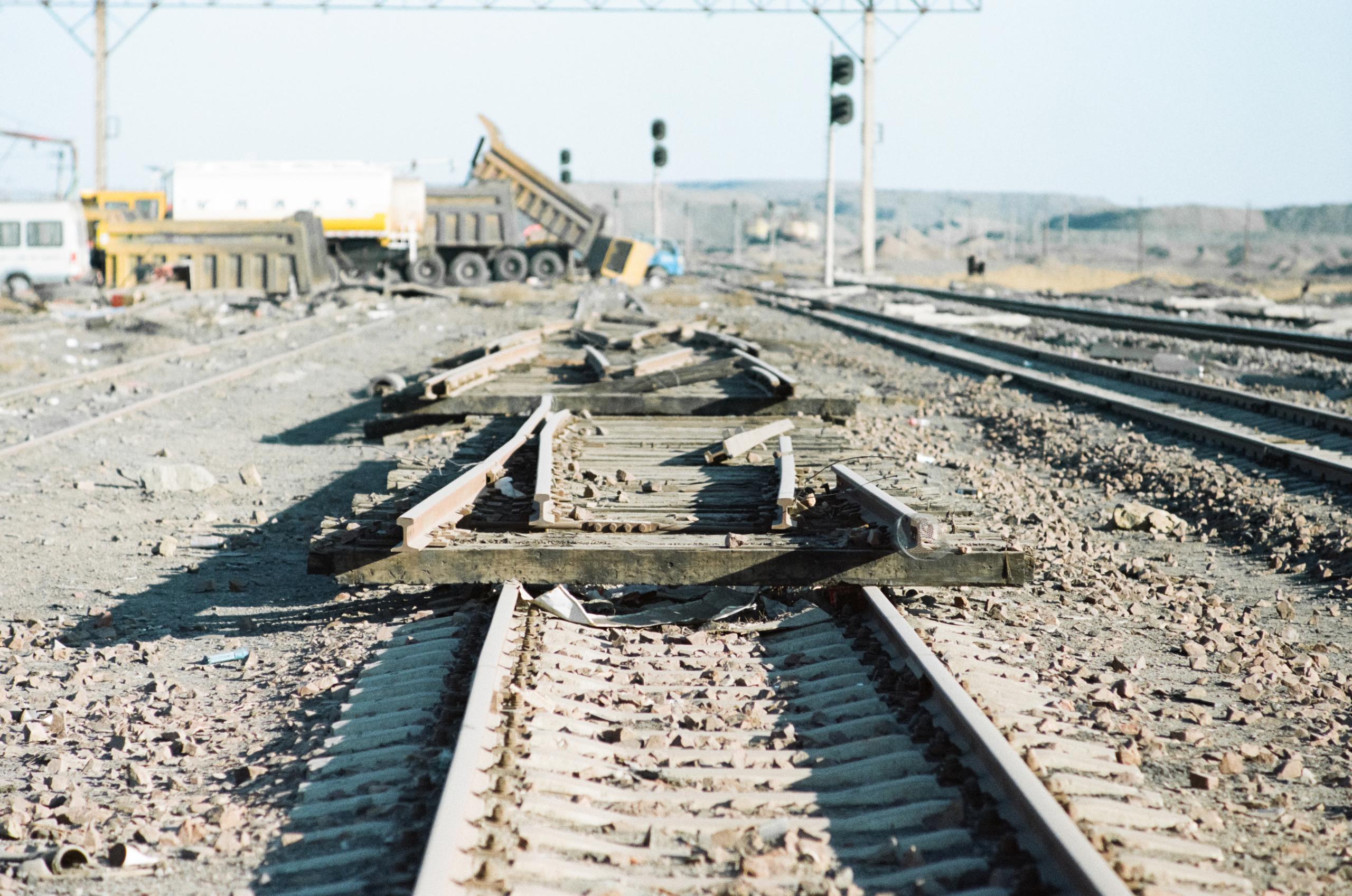
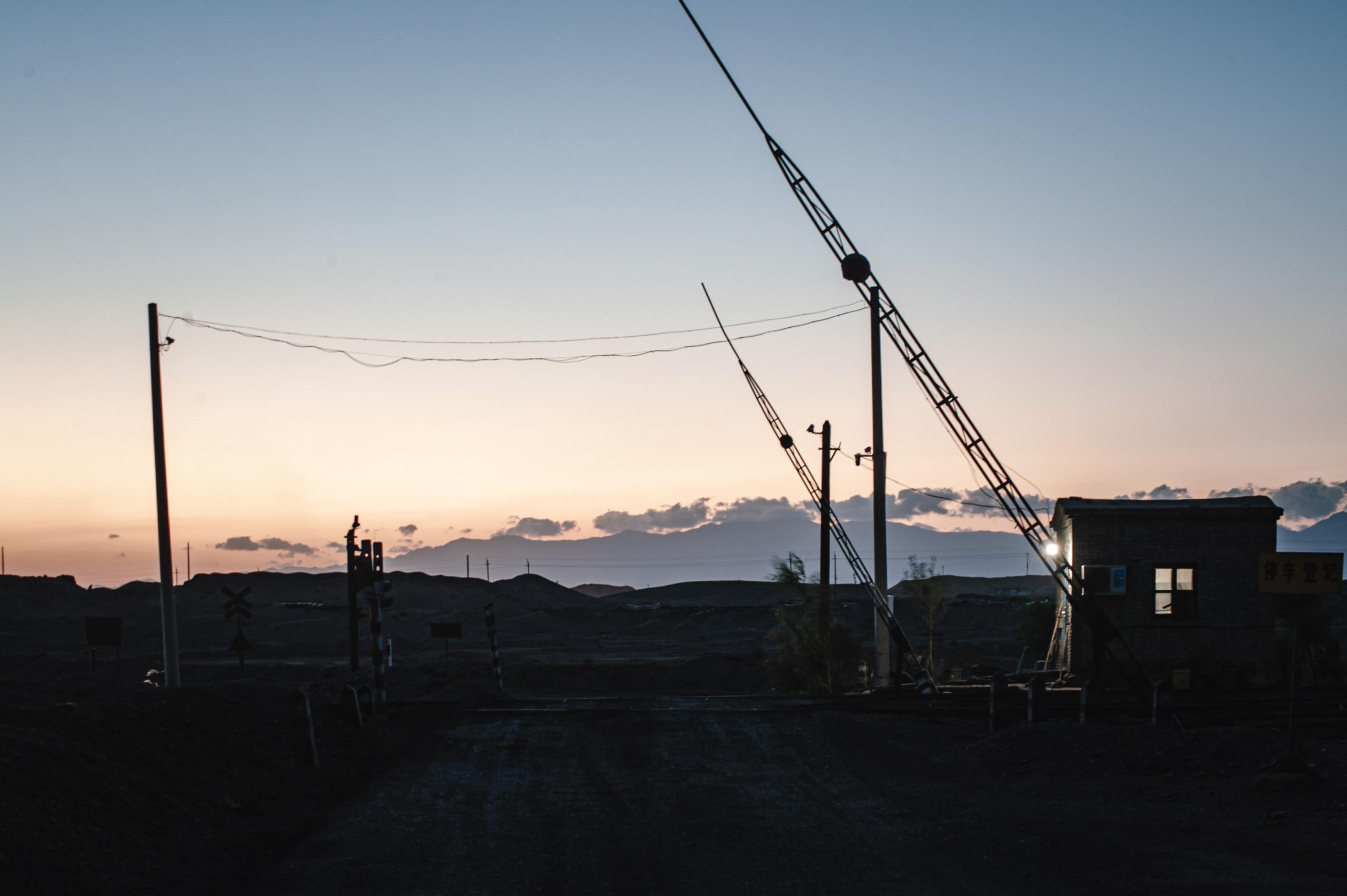

Both my brother Li Changhong and I wanted to record the last-operating steam trains completely, so we decided to find out the operation rules of the whole east stripping line first, and finally determined the operation rules through our observation and chats with the master. The shift will be handed over at 8:00 every morning and evening. After the last train turns over the coal, it will transfer from the pithead station to the turn back section, and then it will stop at the pithead station after uncoupling at the east stripping departure station. After the last coal train has been turned over, it will back up and stop at the pithead station. After the handover, the single locomotive will back up and commute to 82 stations. After the last coal train is handed over, it turns to the turn back line and goes to the East Stripping Station. After a single machine commutes to 82 stations, it goes to the East Stripping Station for servicing, and then two vehicles leave the East Stripping Station for work after servicing. Because the locomotive pump leaks water and pours air, it has to go back to the East Stripping Station for water replenishment after running 4 times.
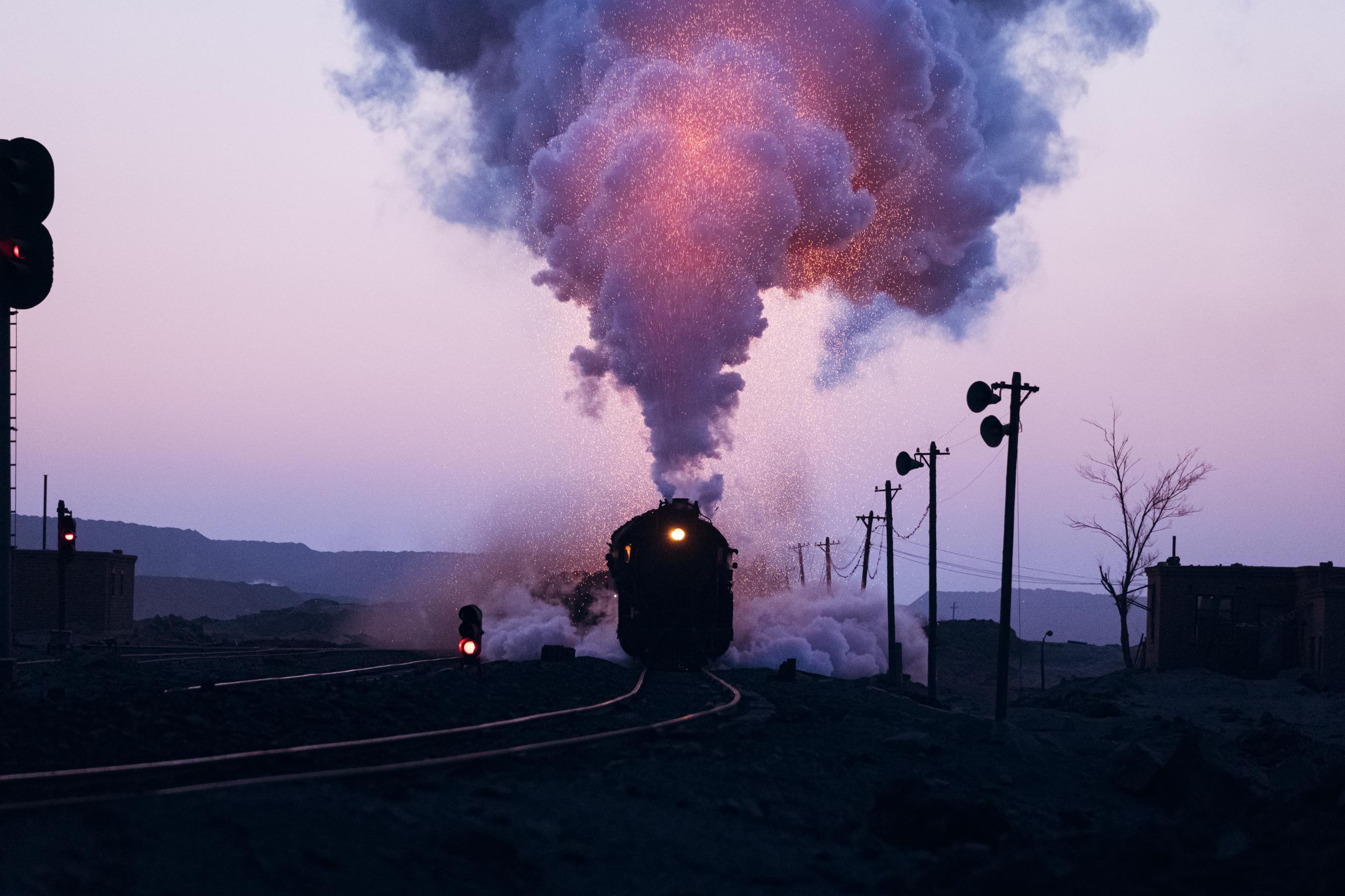
I saw the first train that could spurt fire in my life. The beautiful sparks were scattered from the chimney on the top of the locomotive, which was very gorgeous against the backdrop of night. But this beauty comes from the long disrepair of the steam train and the loss of the protection of the Martian filter screen. With complex maintenance, high failure rate, poor working environment, shutdown of spare parts, and overdue service, the fate of steam trains has been irreversible, and the whole Sandaoling has gone down with steam trains.
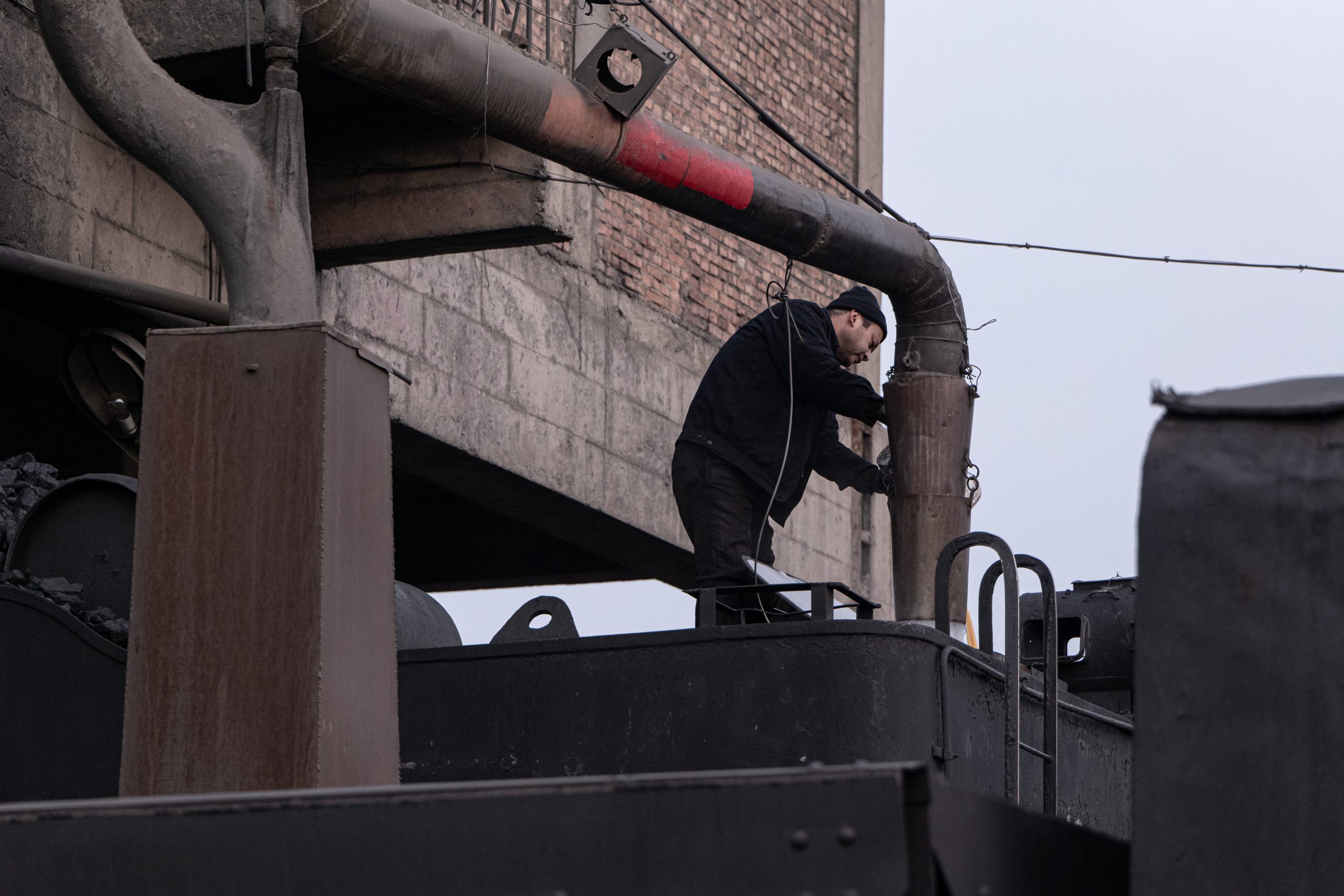
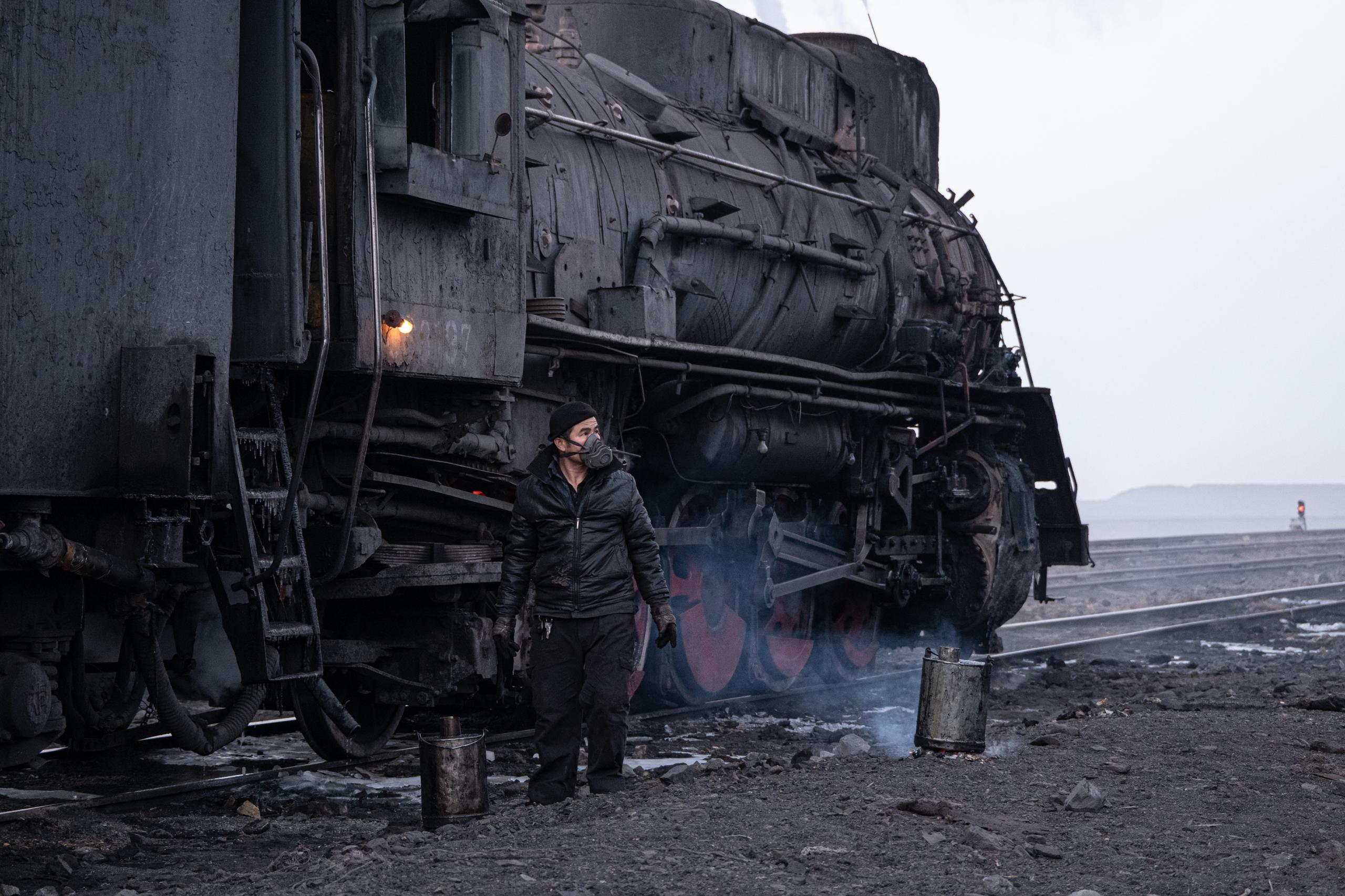
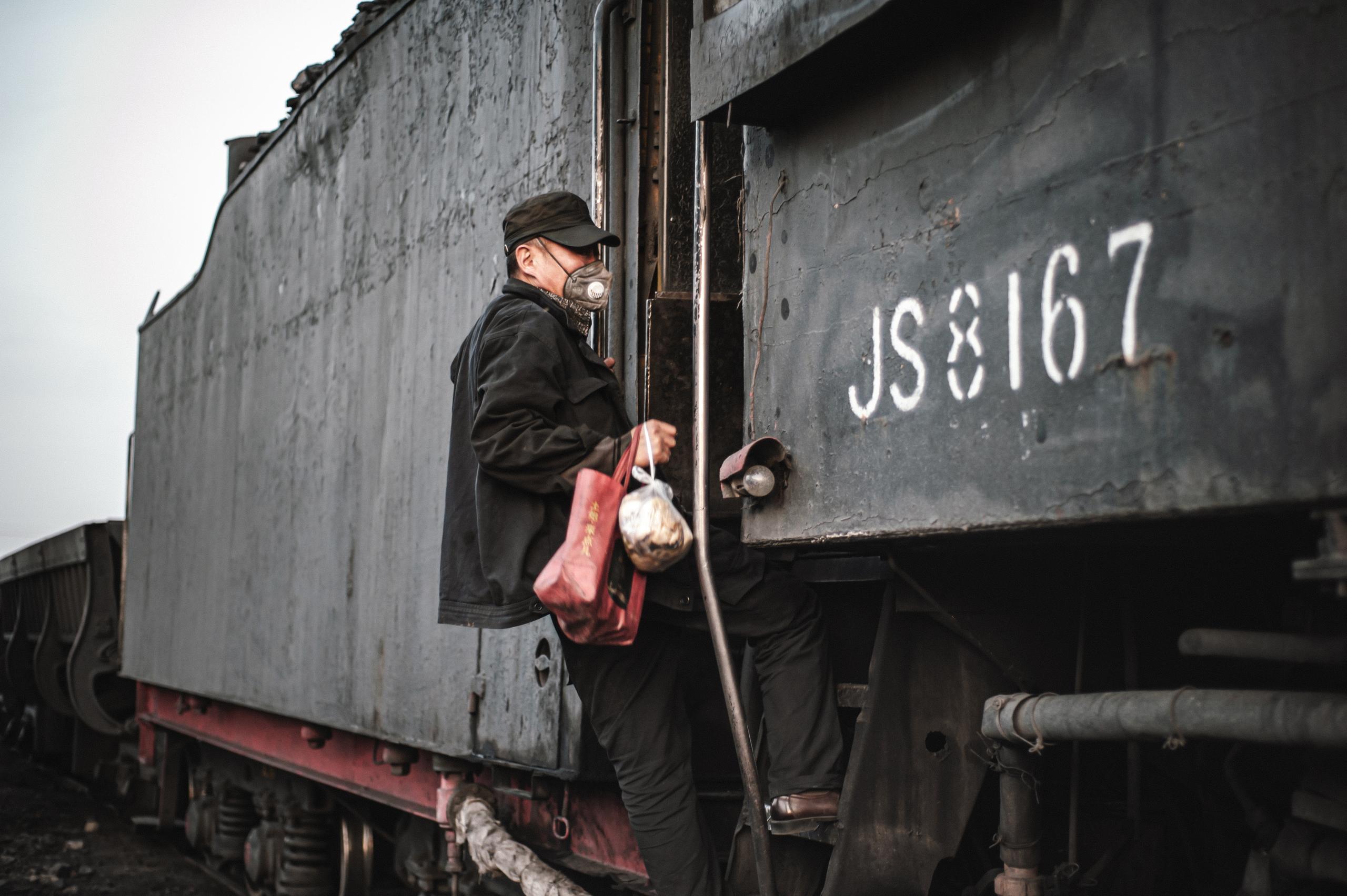
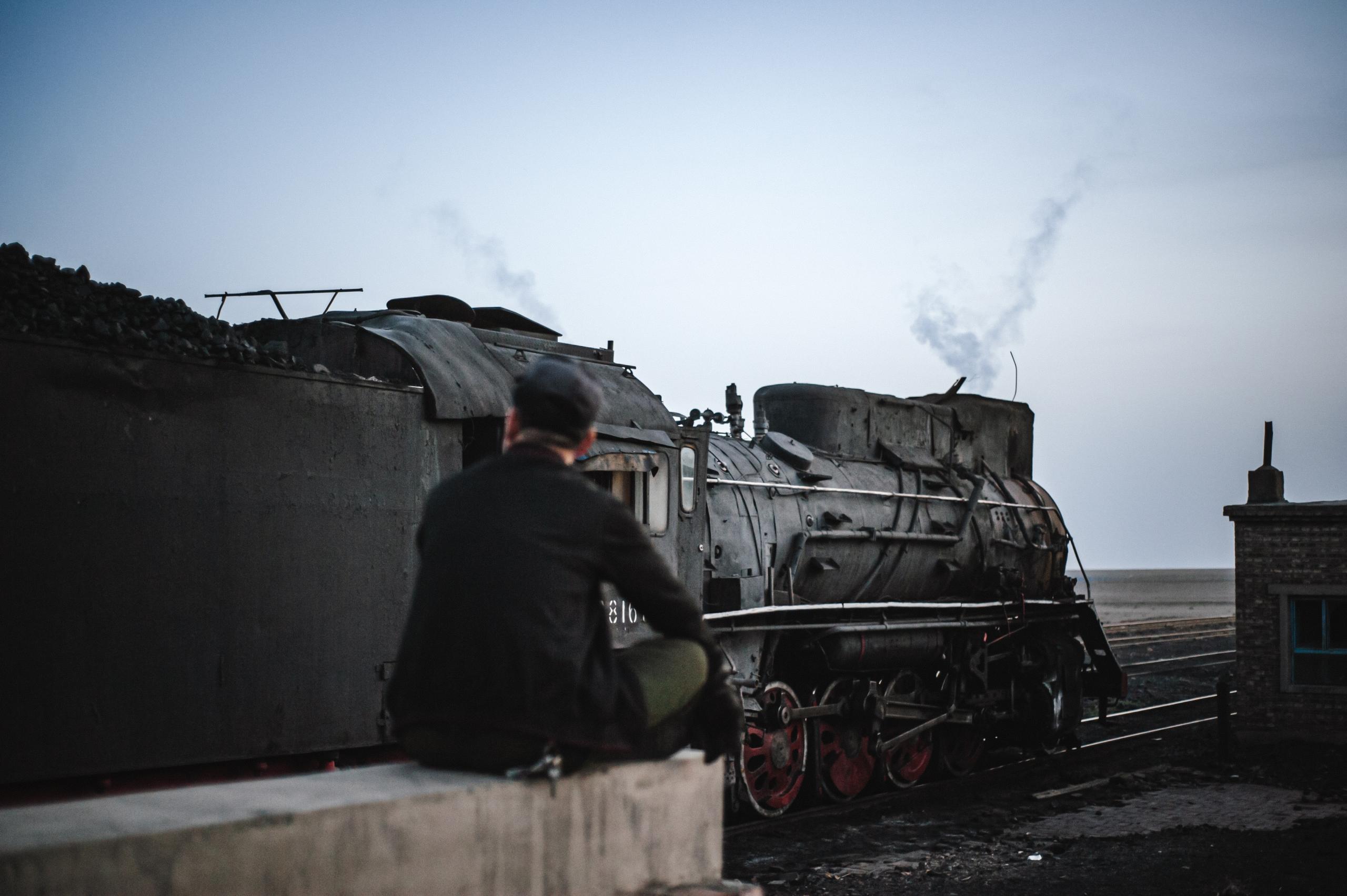

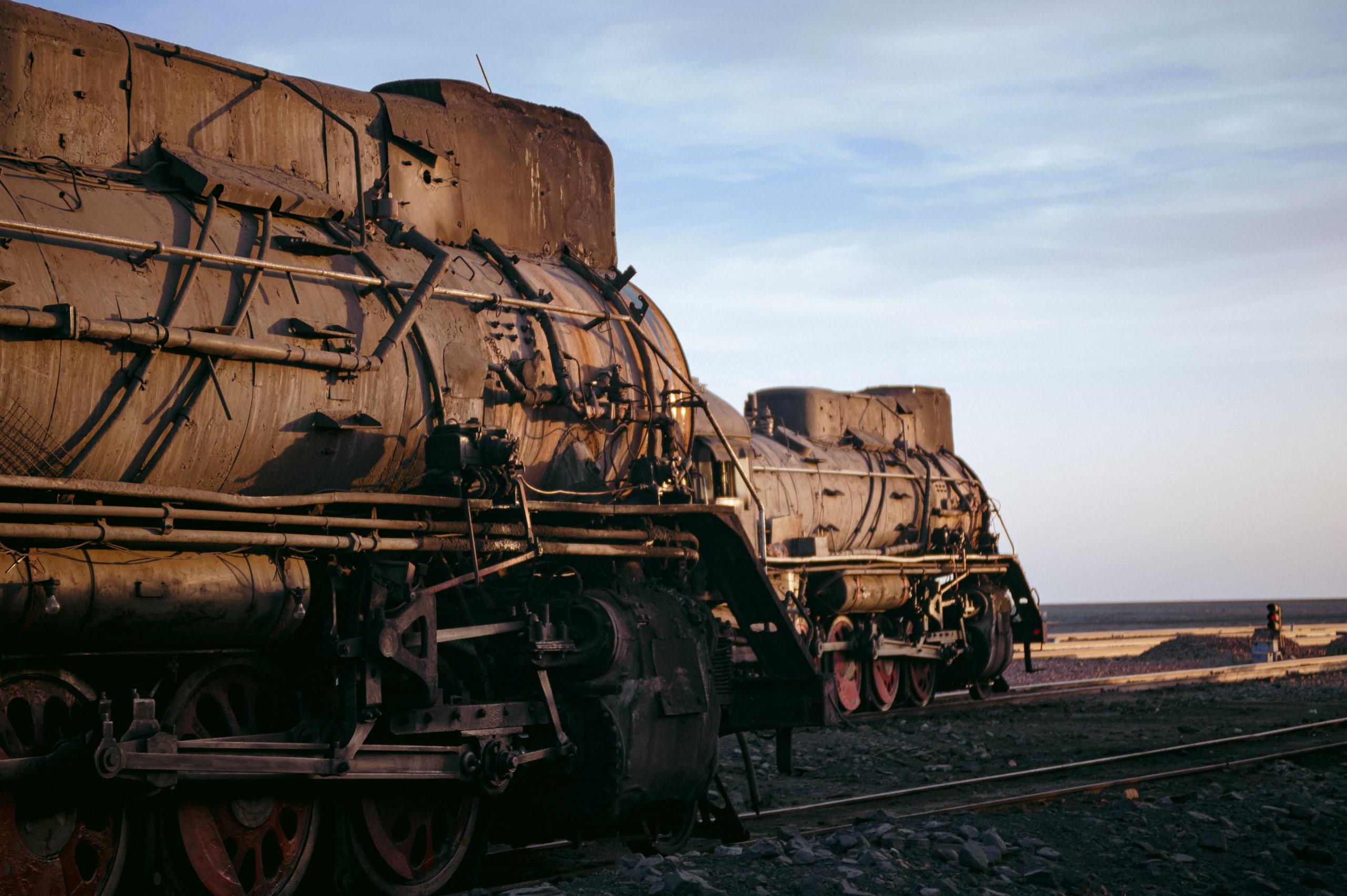
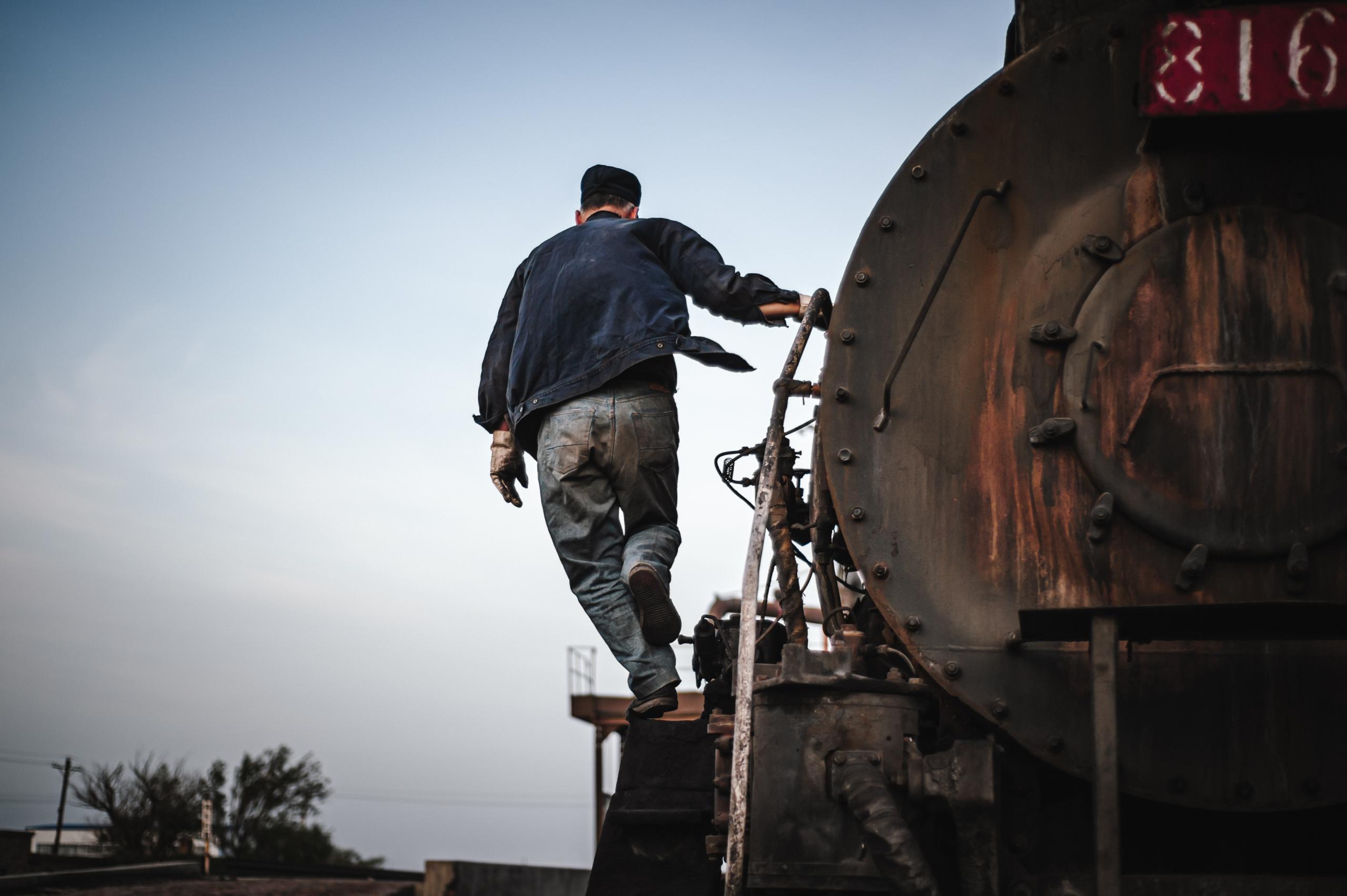
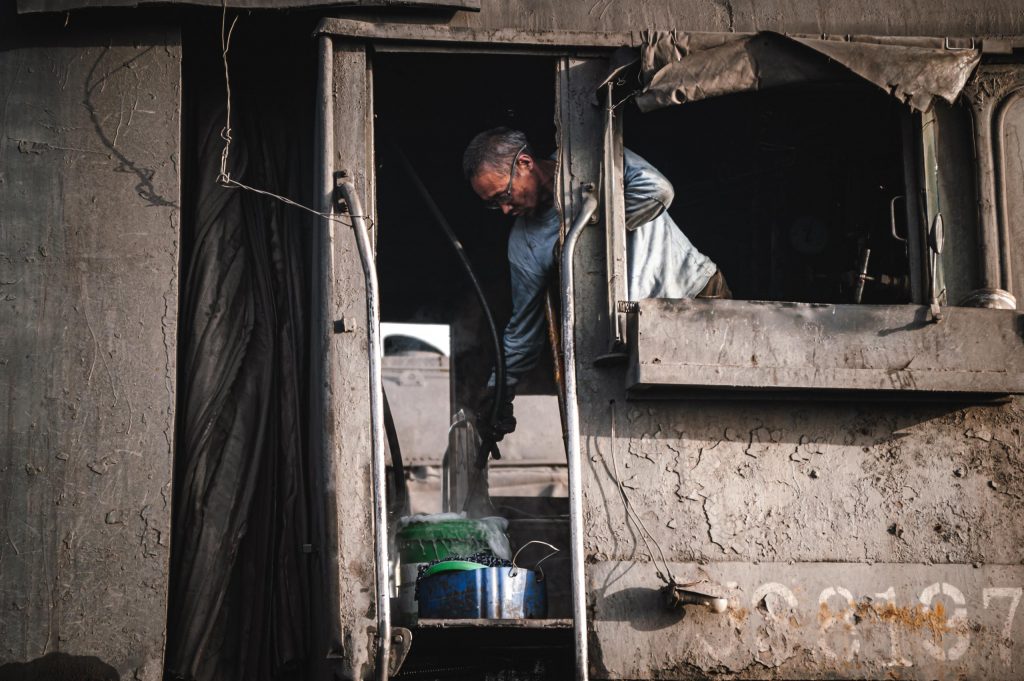
Every morning, we would eat a bowl of noodles or fried rice near the small hotel, then buy some dry food on the way, take as much water as possible, and walk down the mine. Every time we pass a place called Nanquan, where Sandaoling coal miners once lived, it seems that there are no people, bricks and tiles fall off, and glass windows disappear. People in the town say that there is a risk of subsidence. In the living area, there are many buildings that attract my attention. One of them is the Industrial and Commercial Bank of China with the 1979 sign. The bare branches cover its empty doors and windows. There are also Xinhua Bookstore, the ancient open-pit workers’ club, and Nanquan Store. By the way, there is also a popular Internet building, namely the Imperial Hotel, where no one can take pictures of movies.
